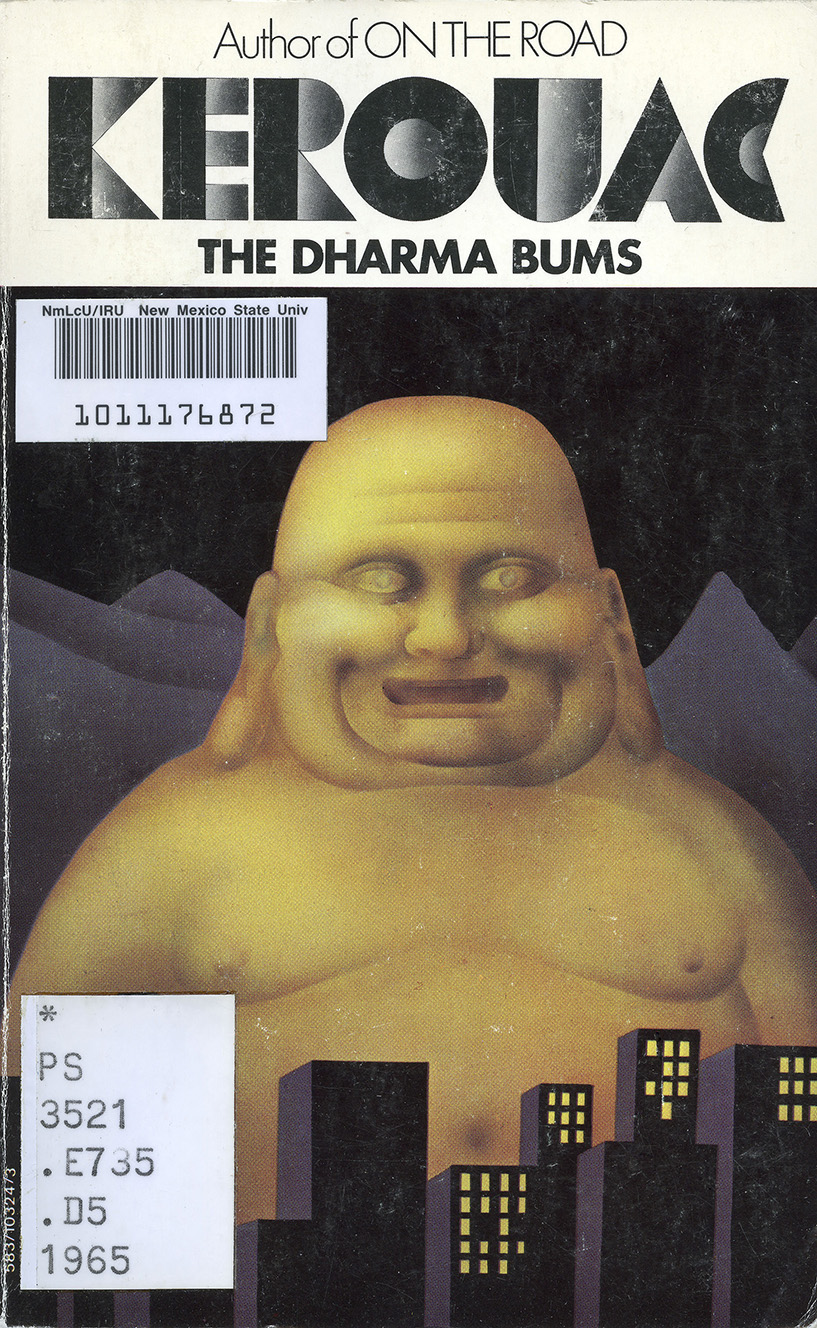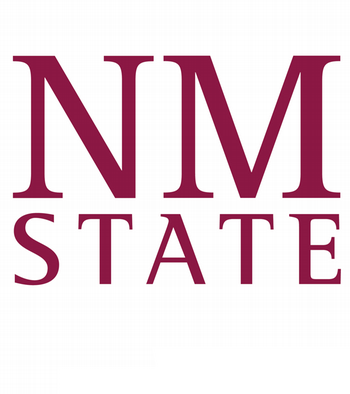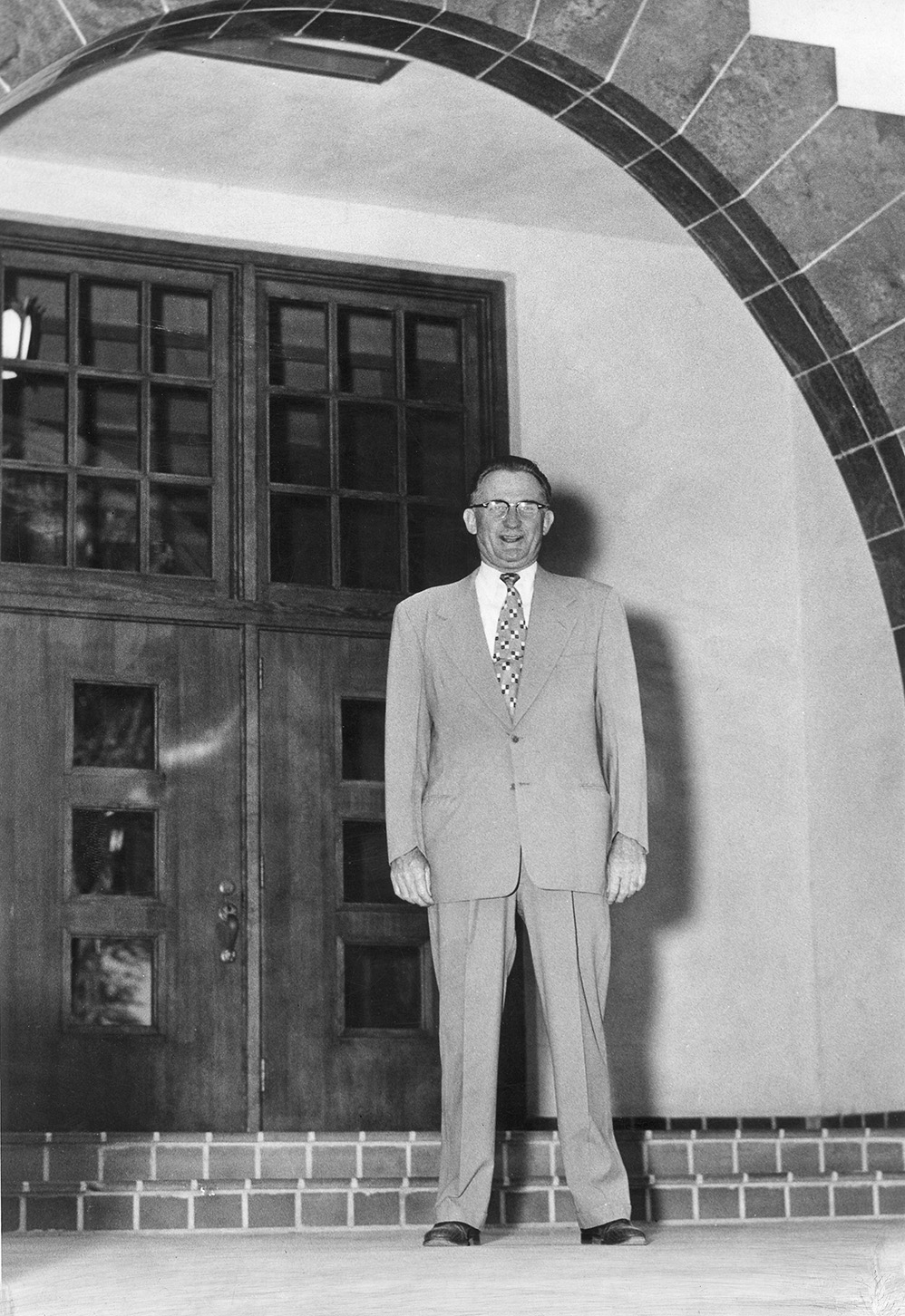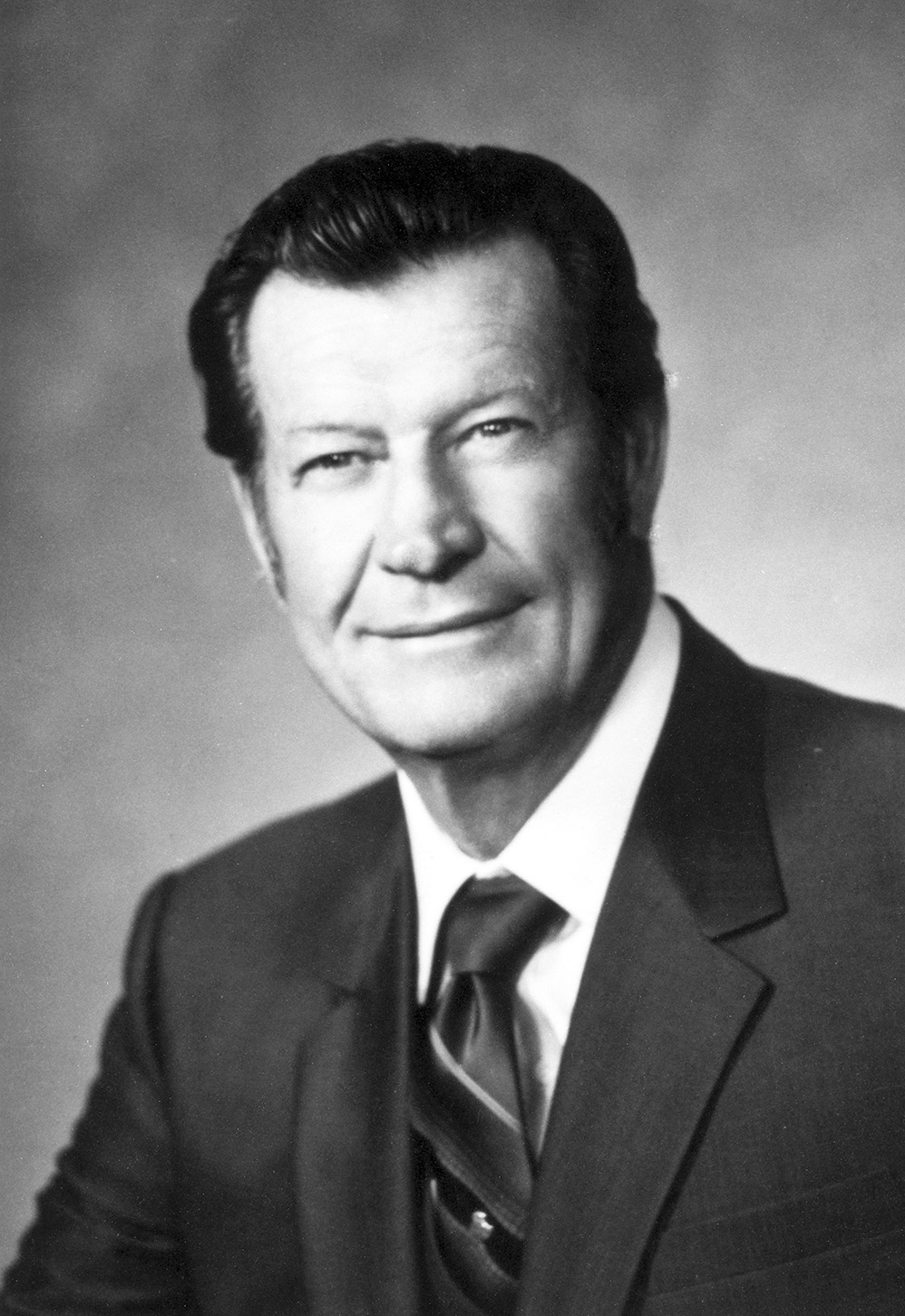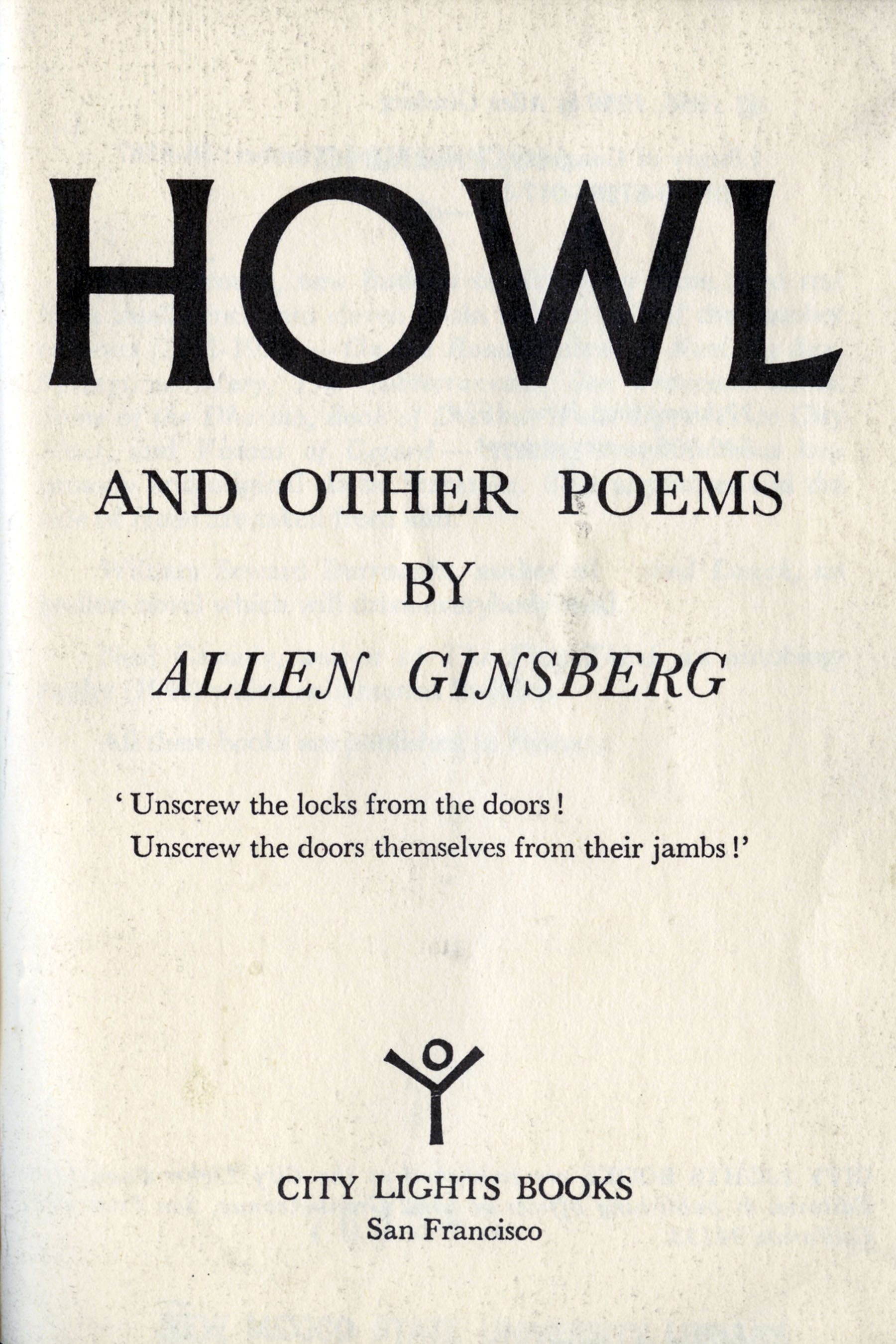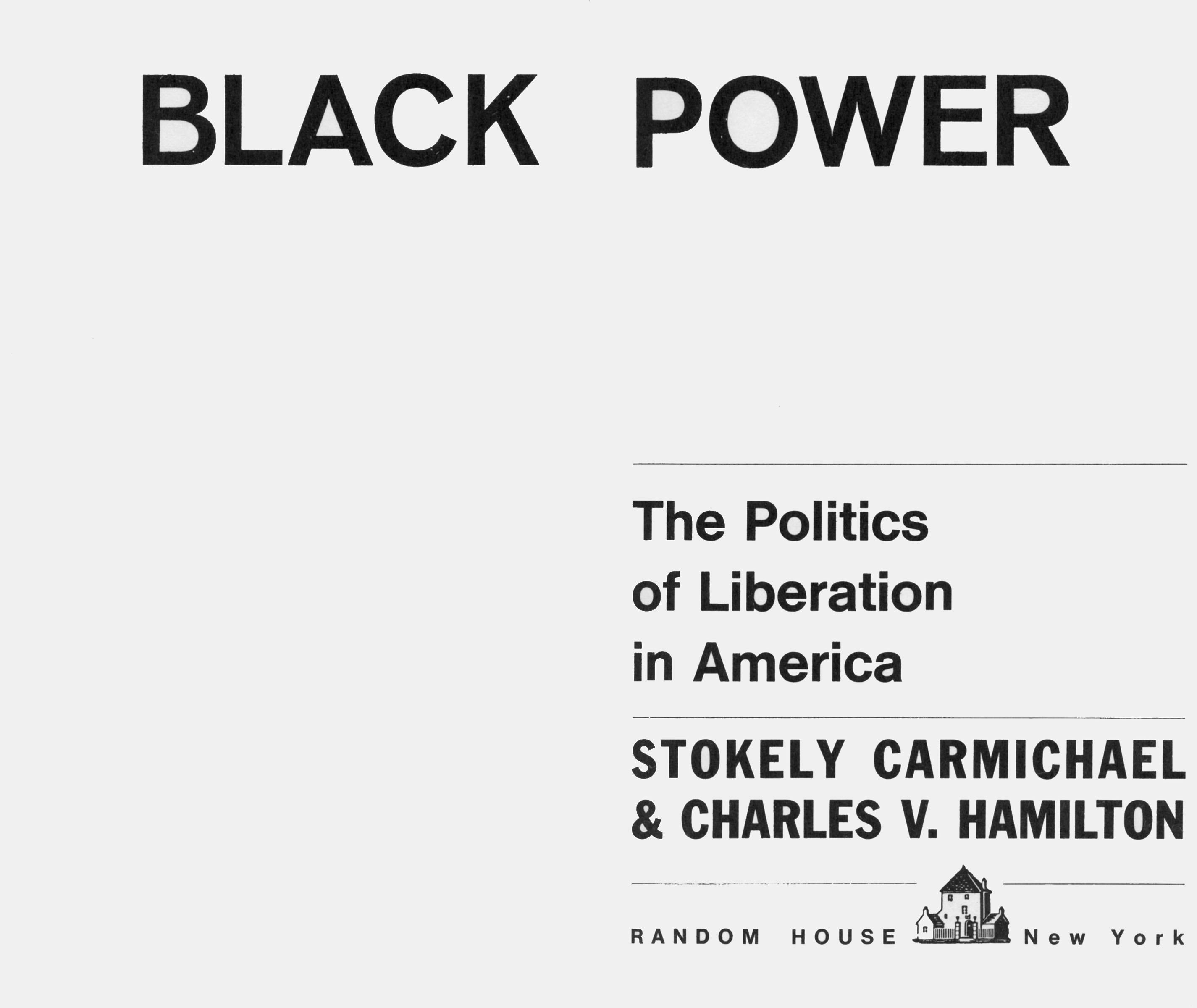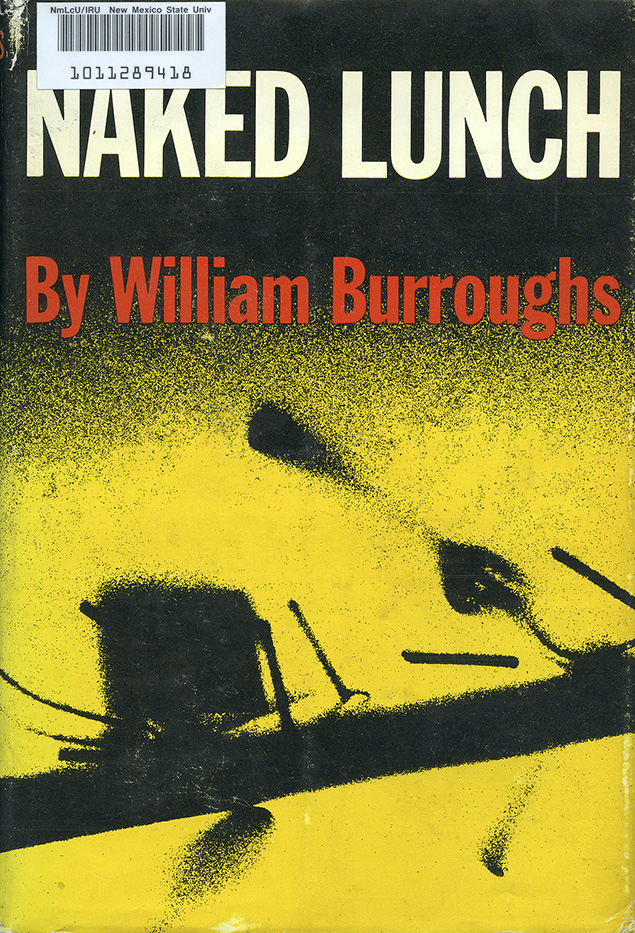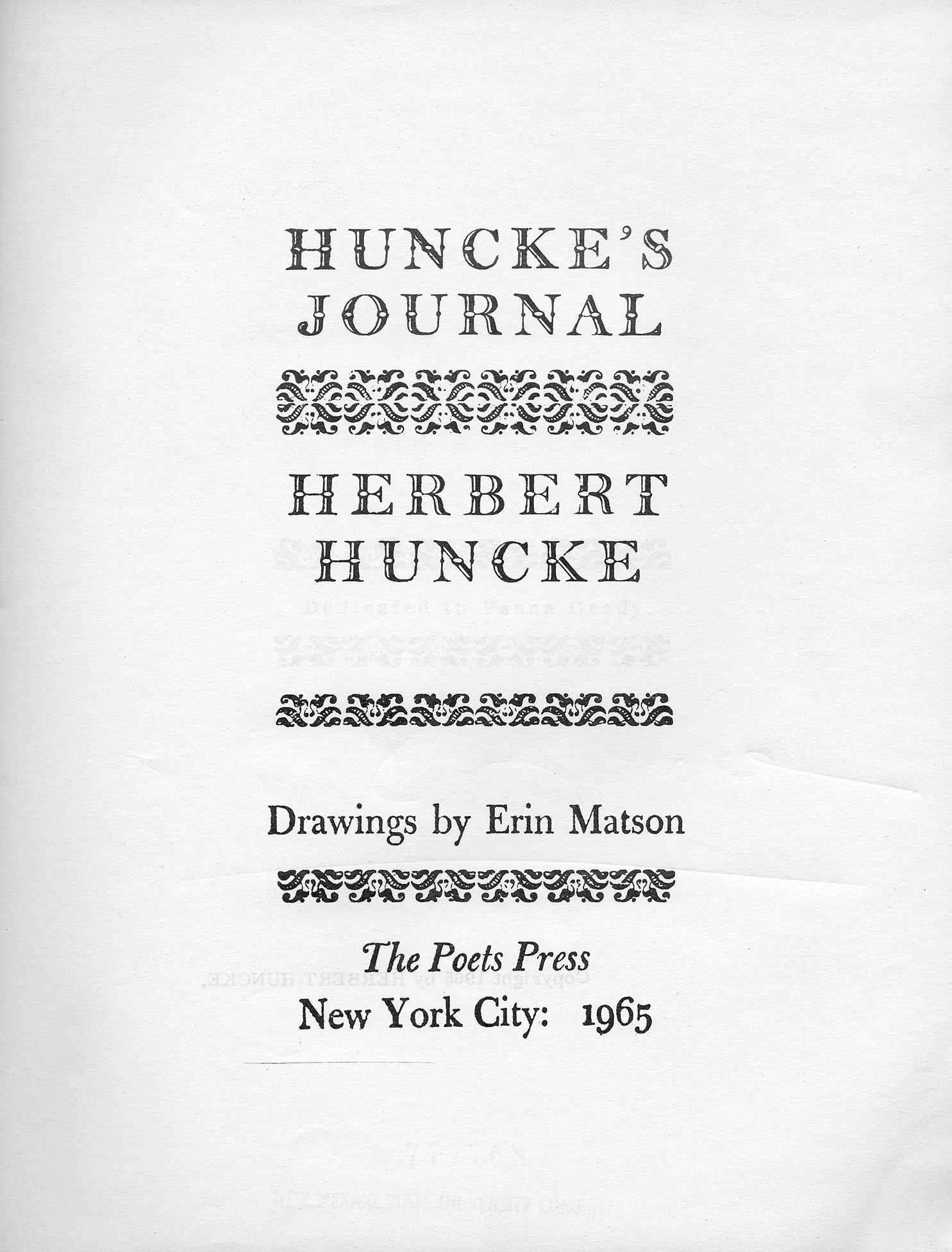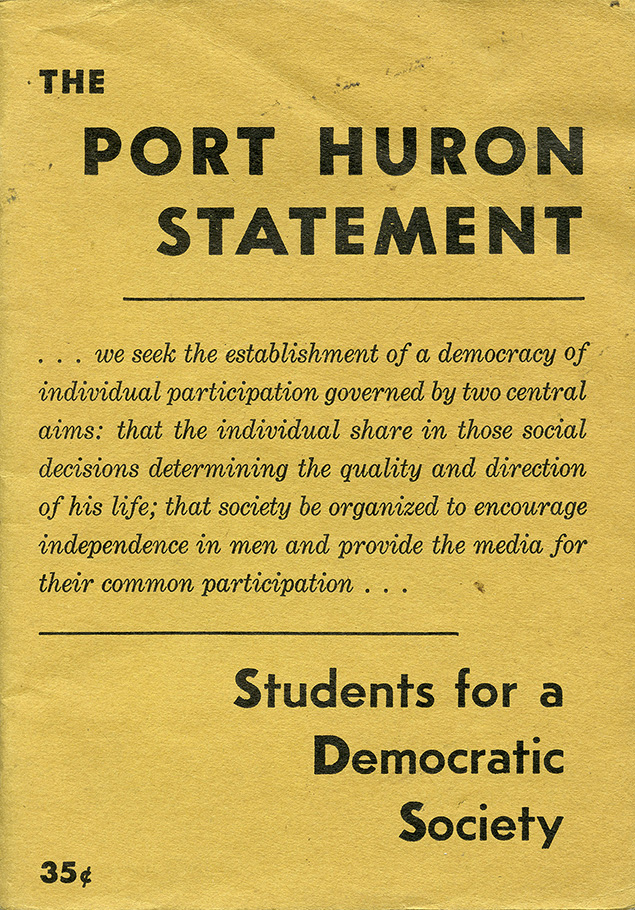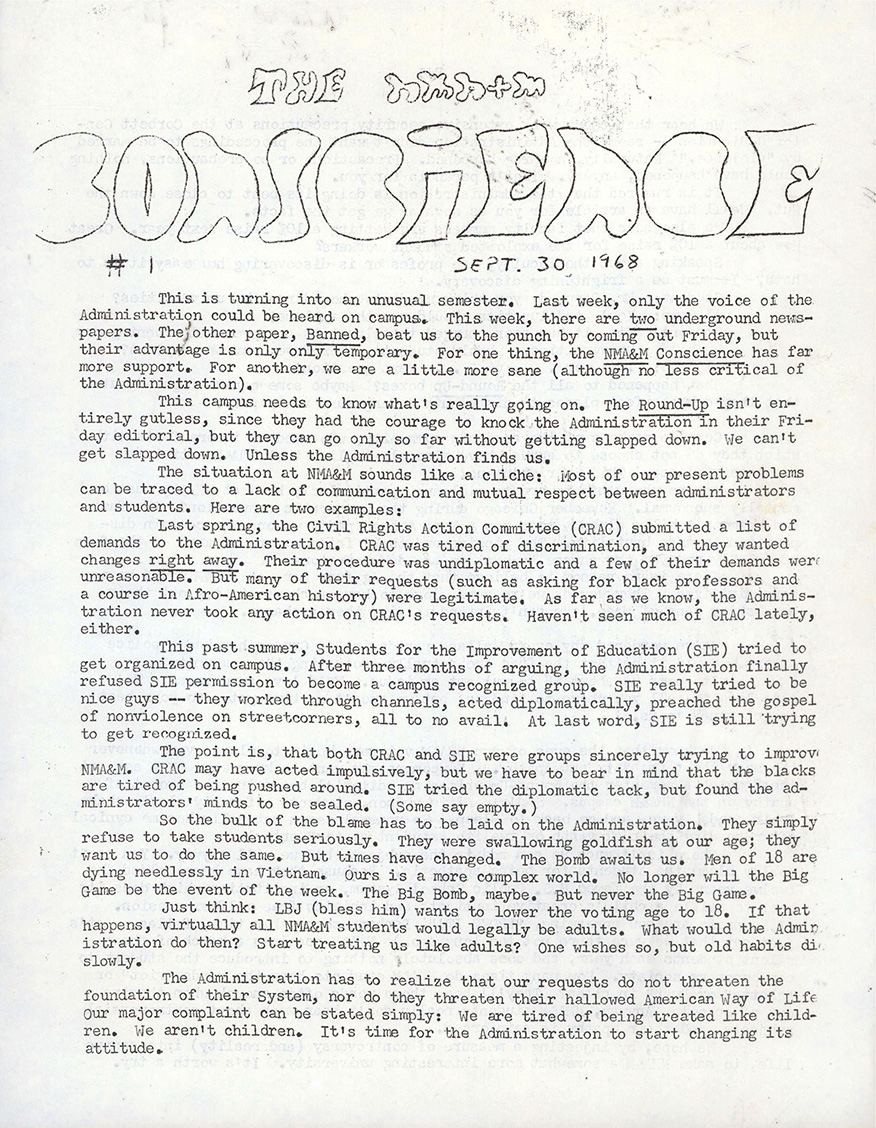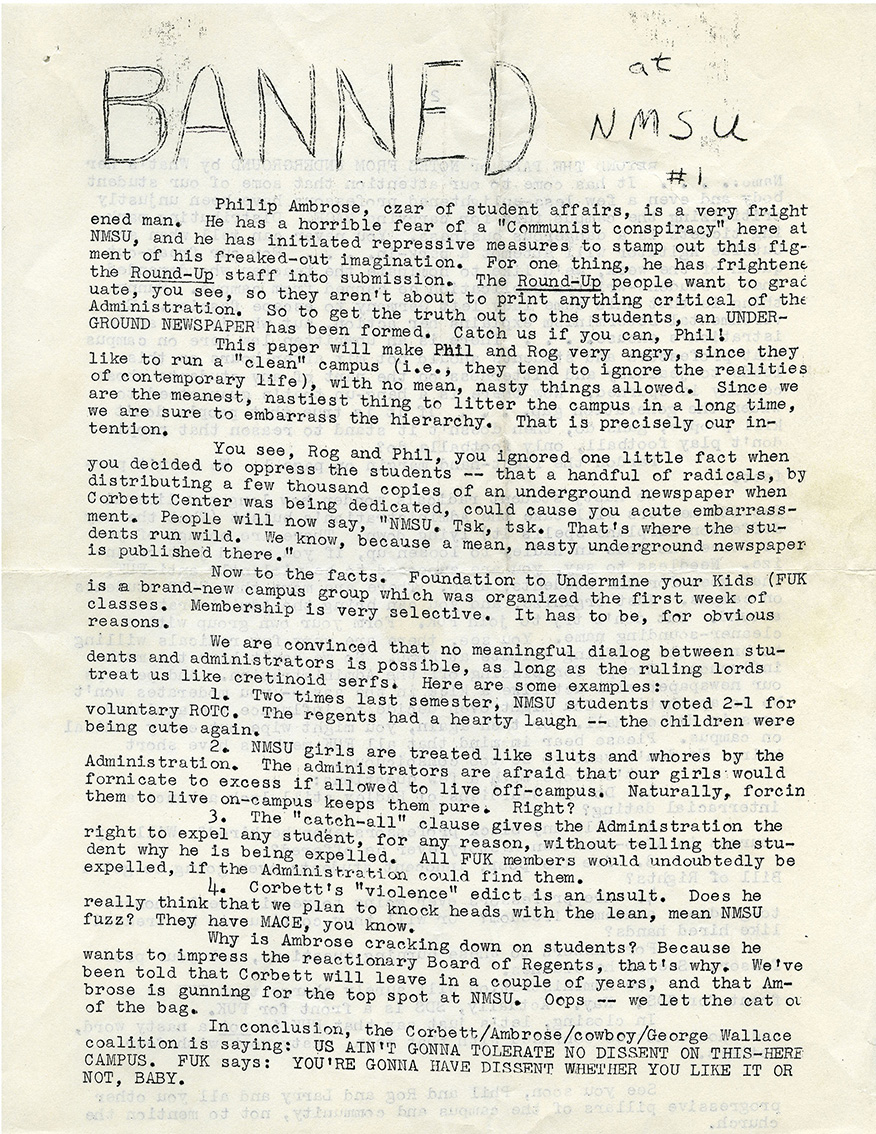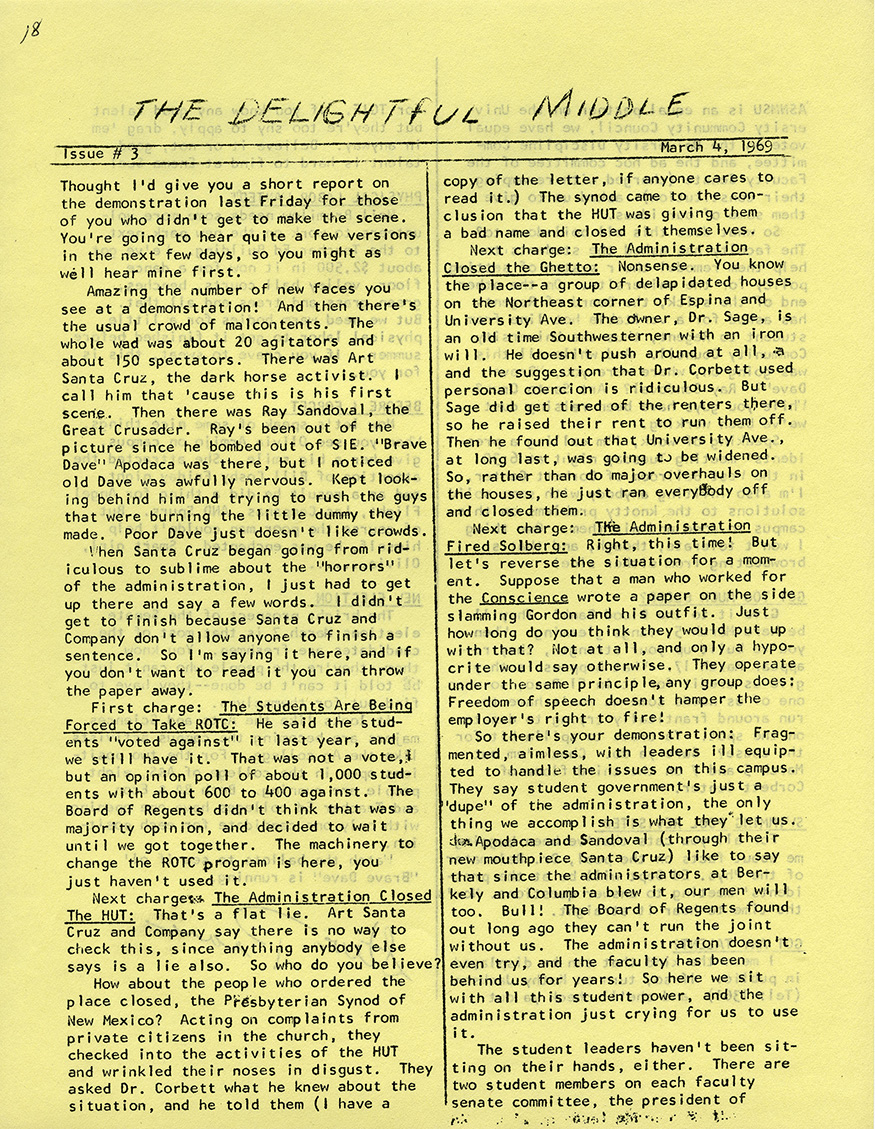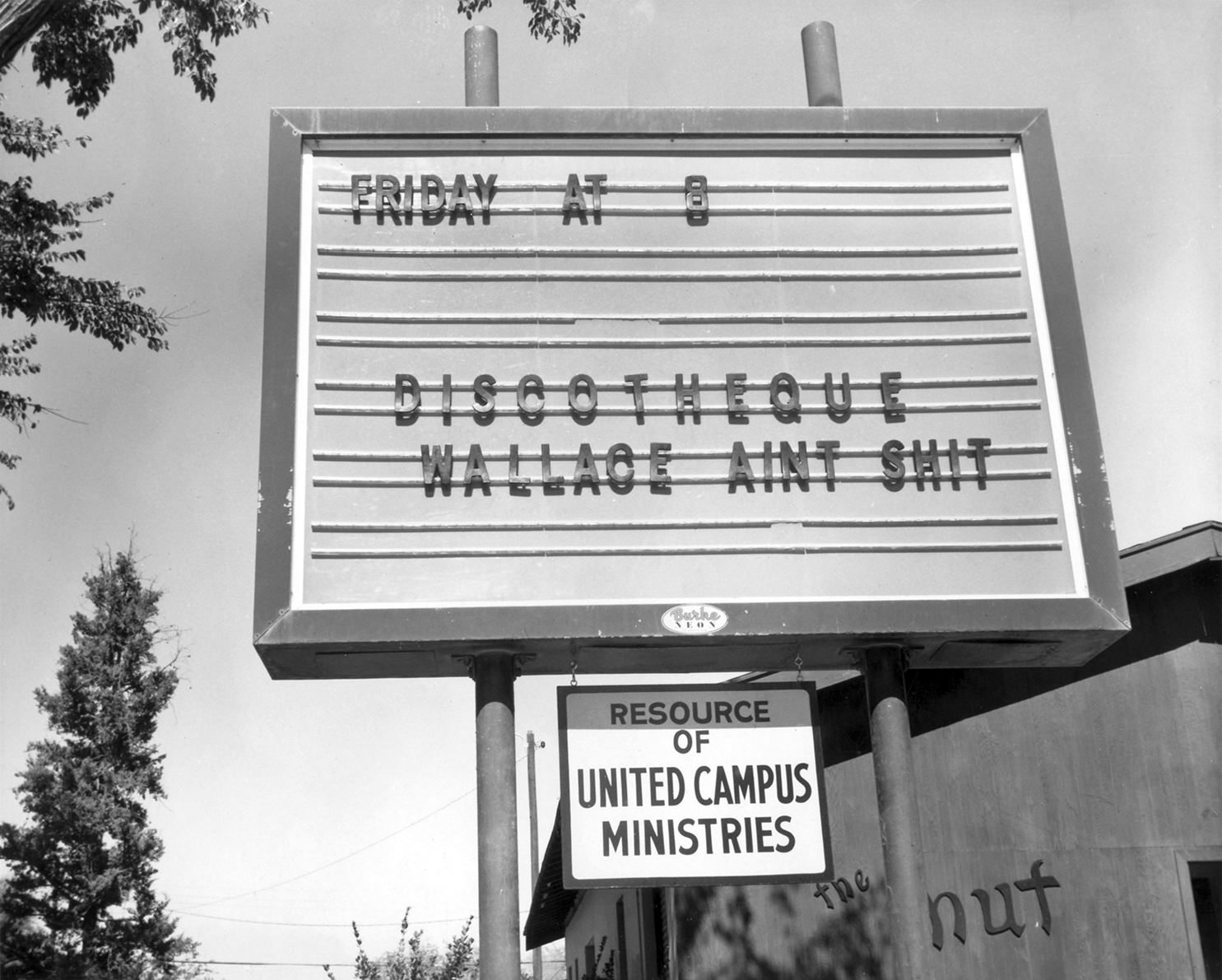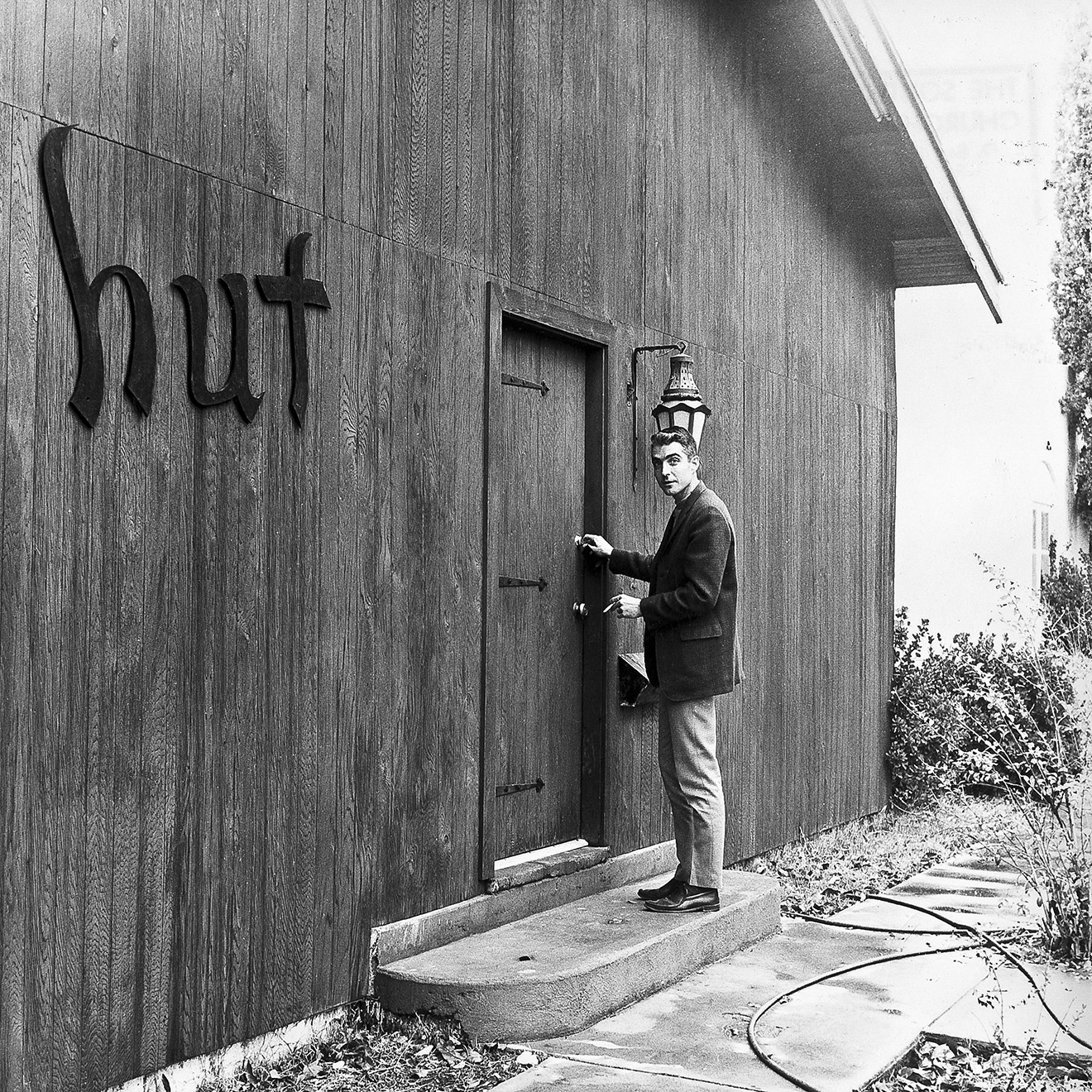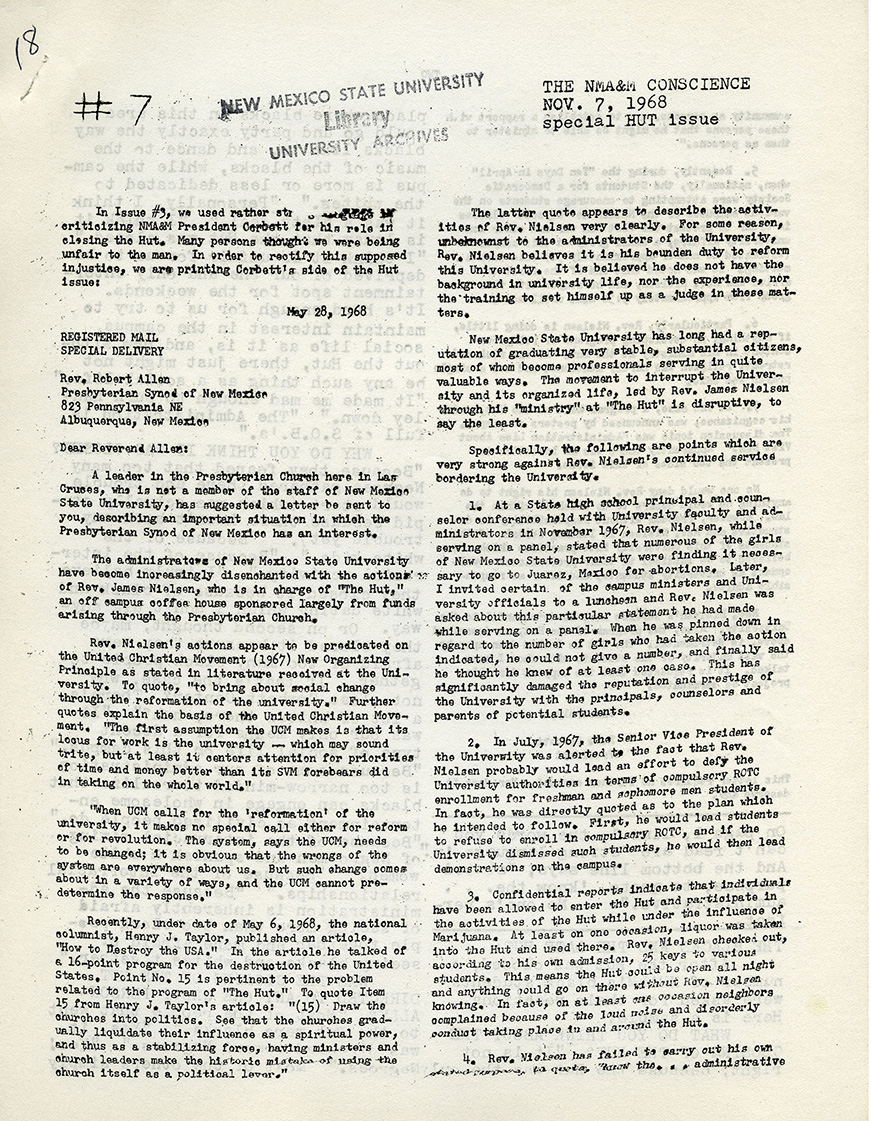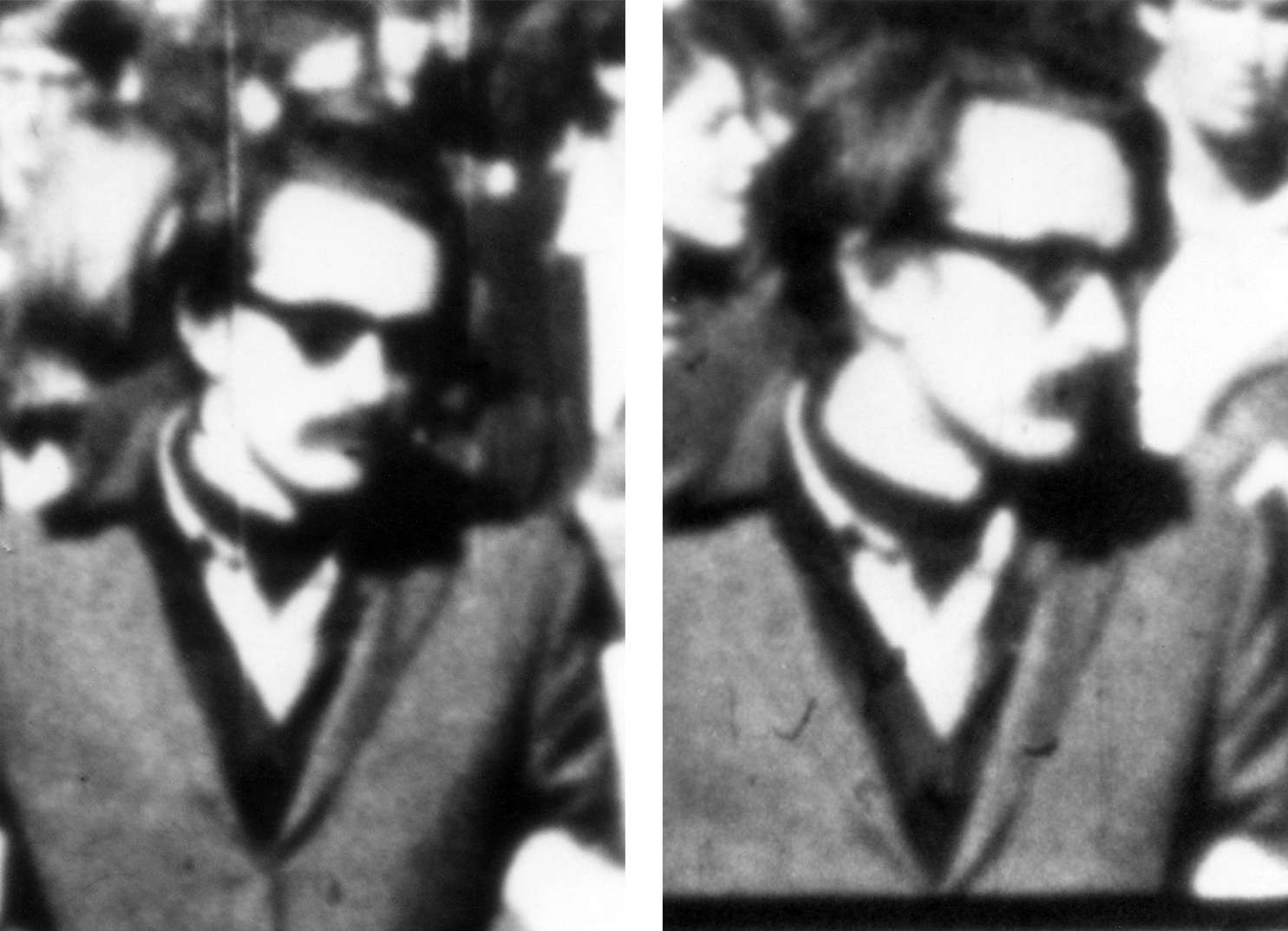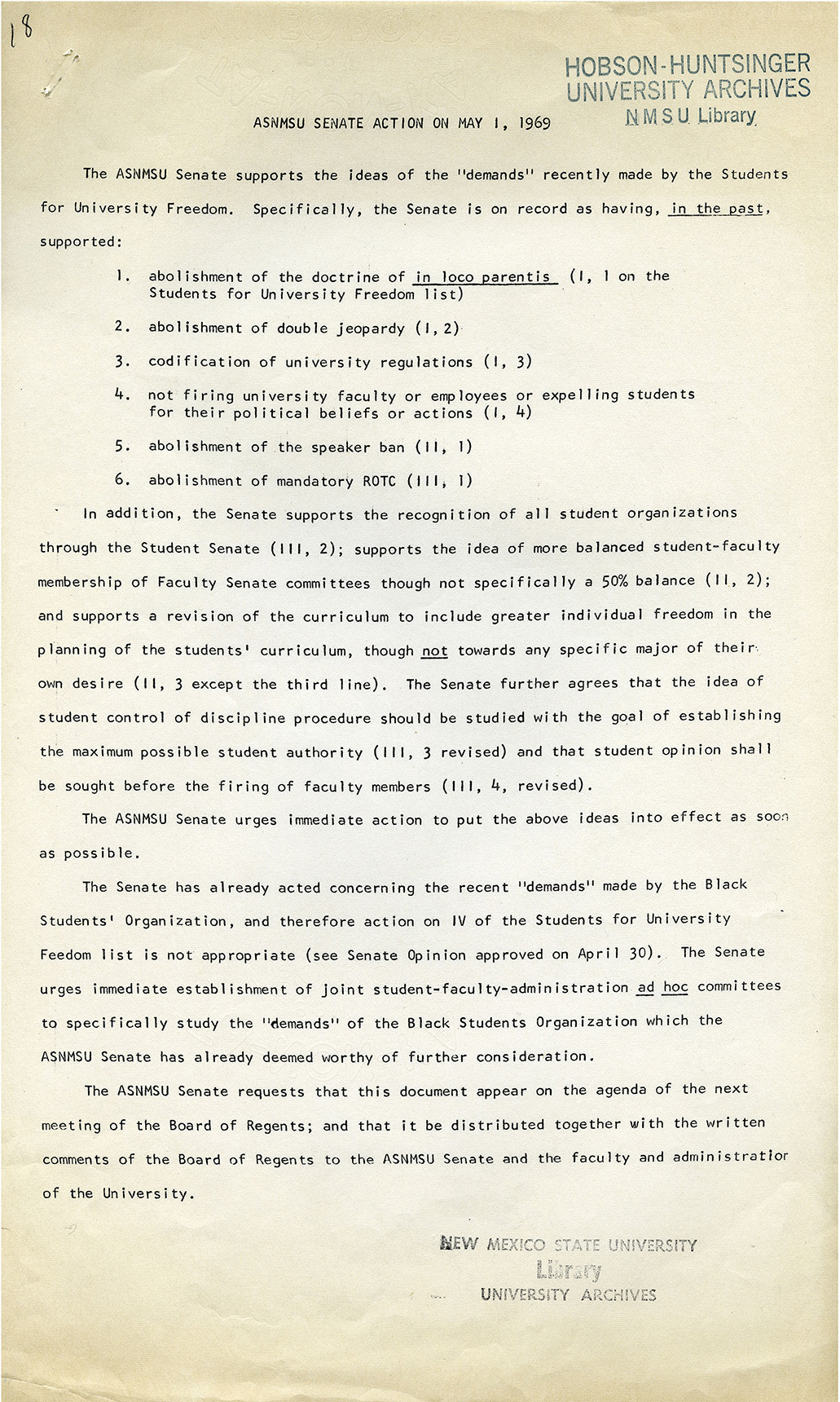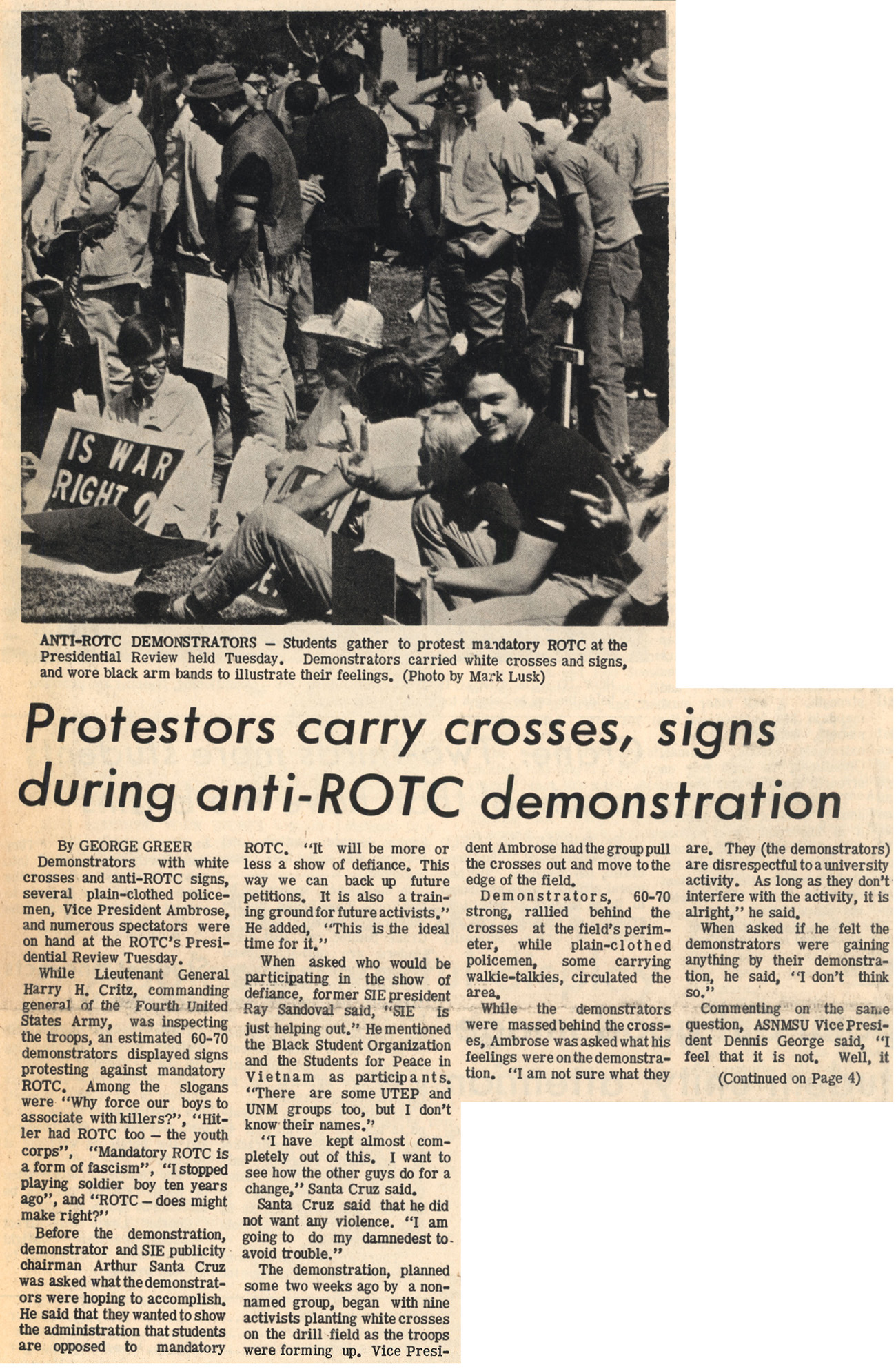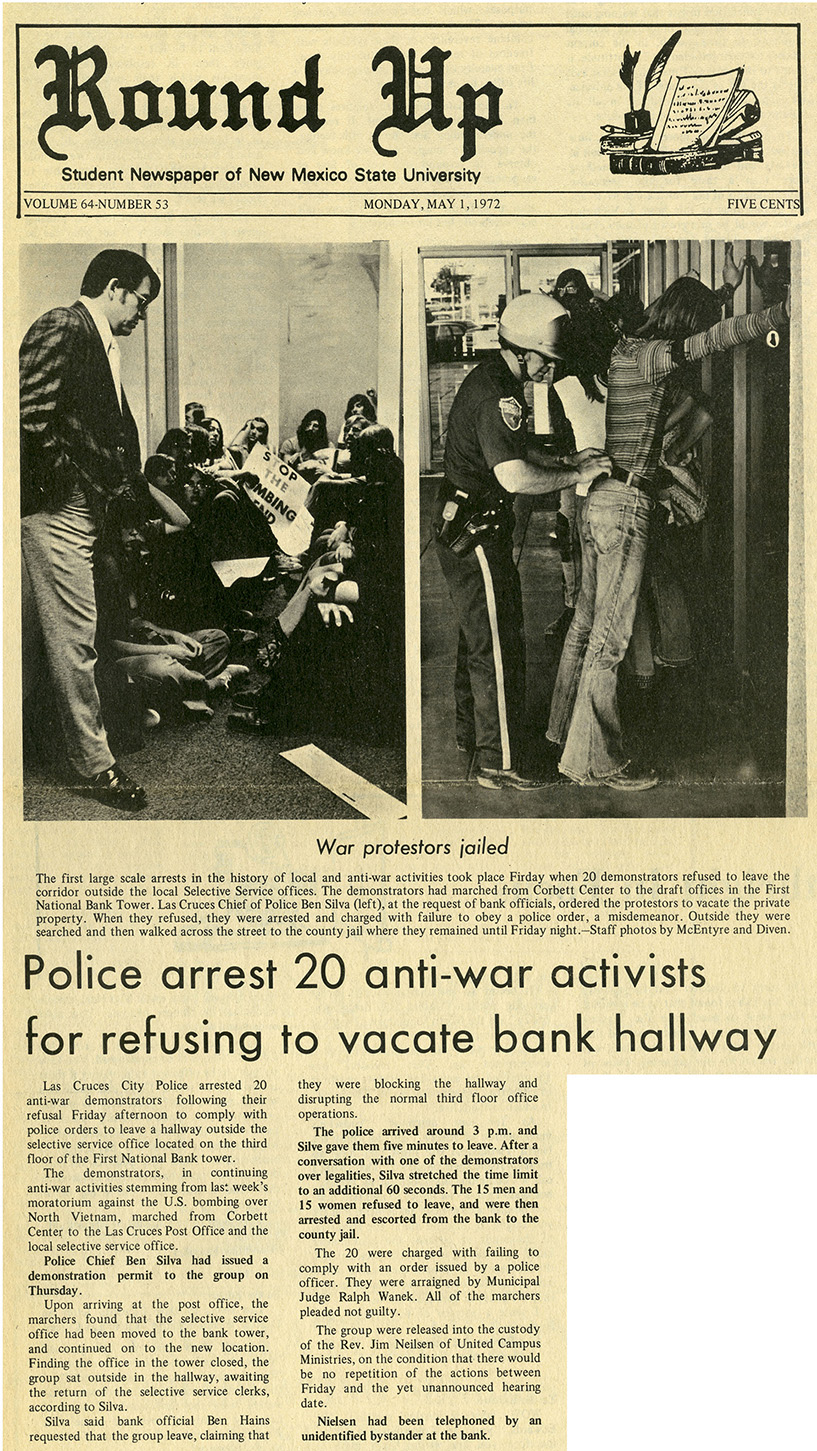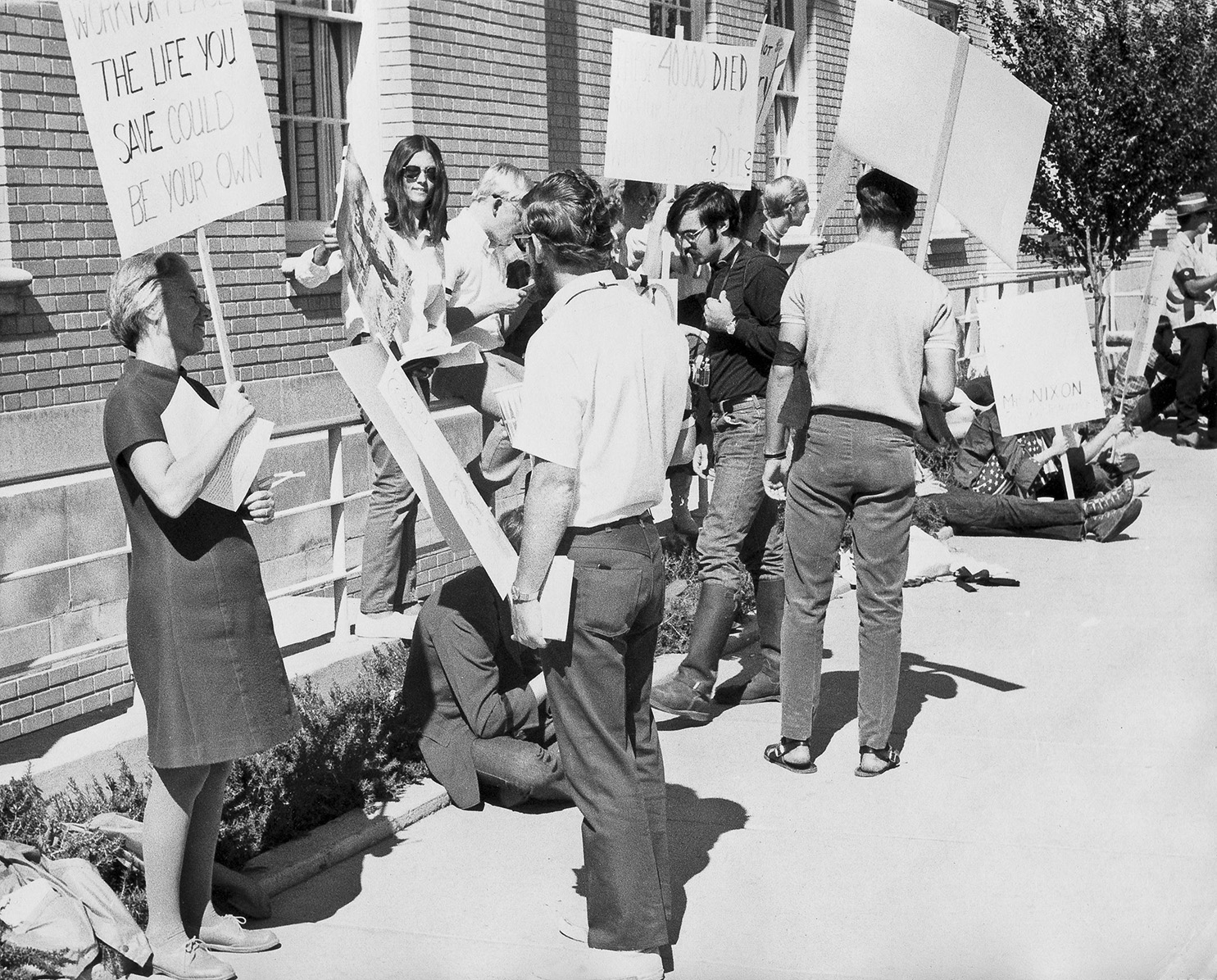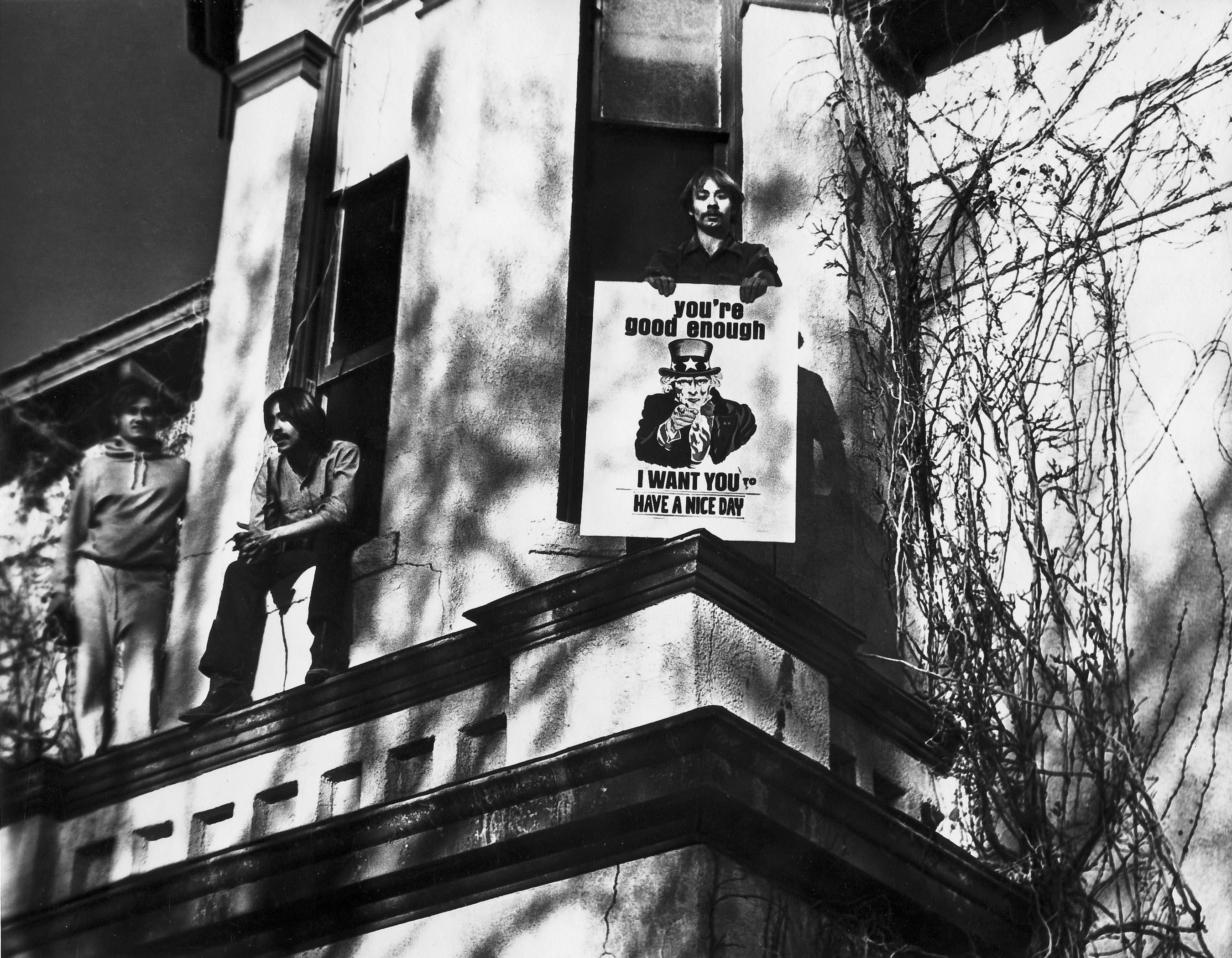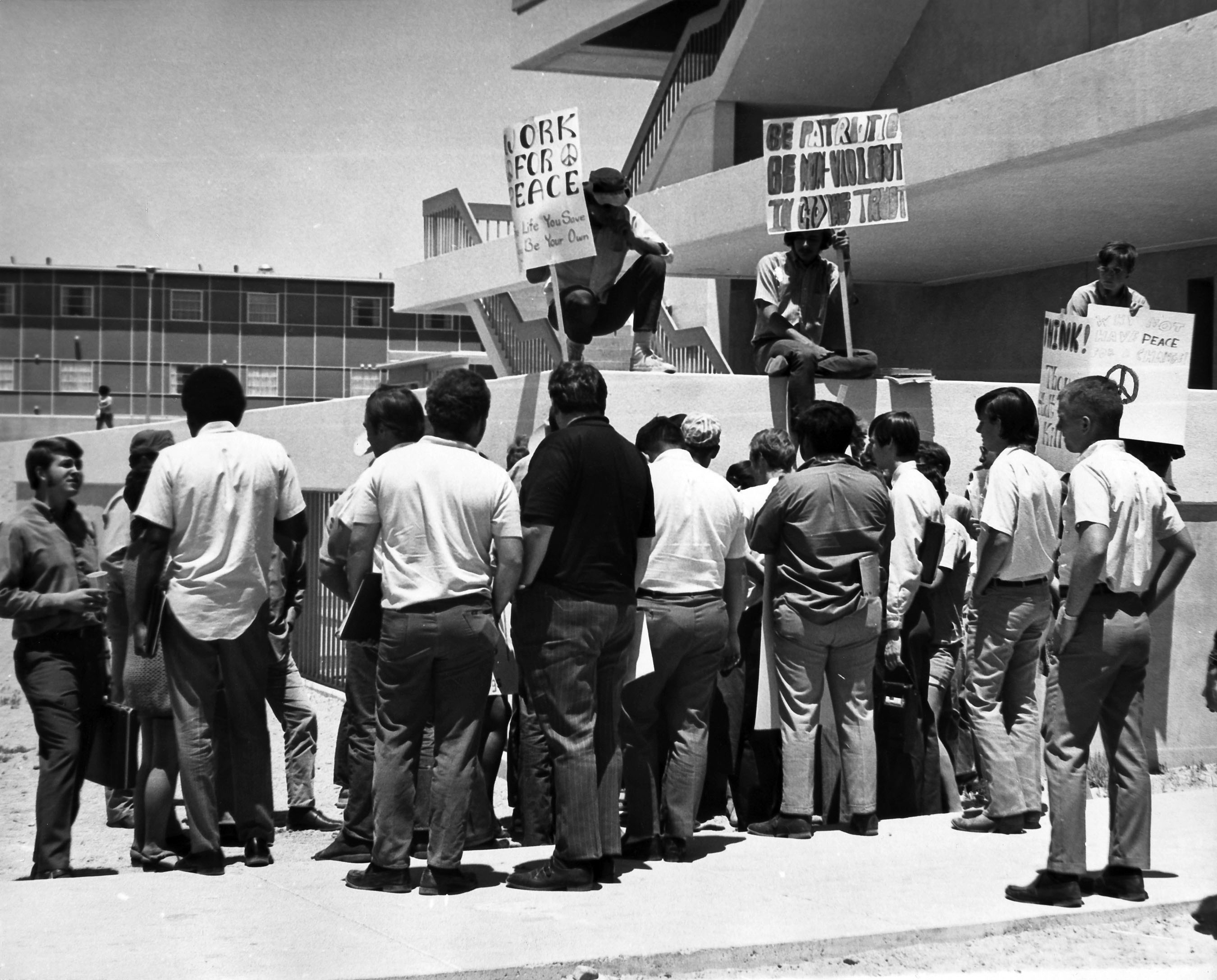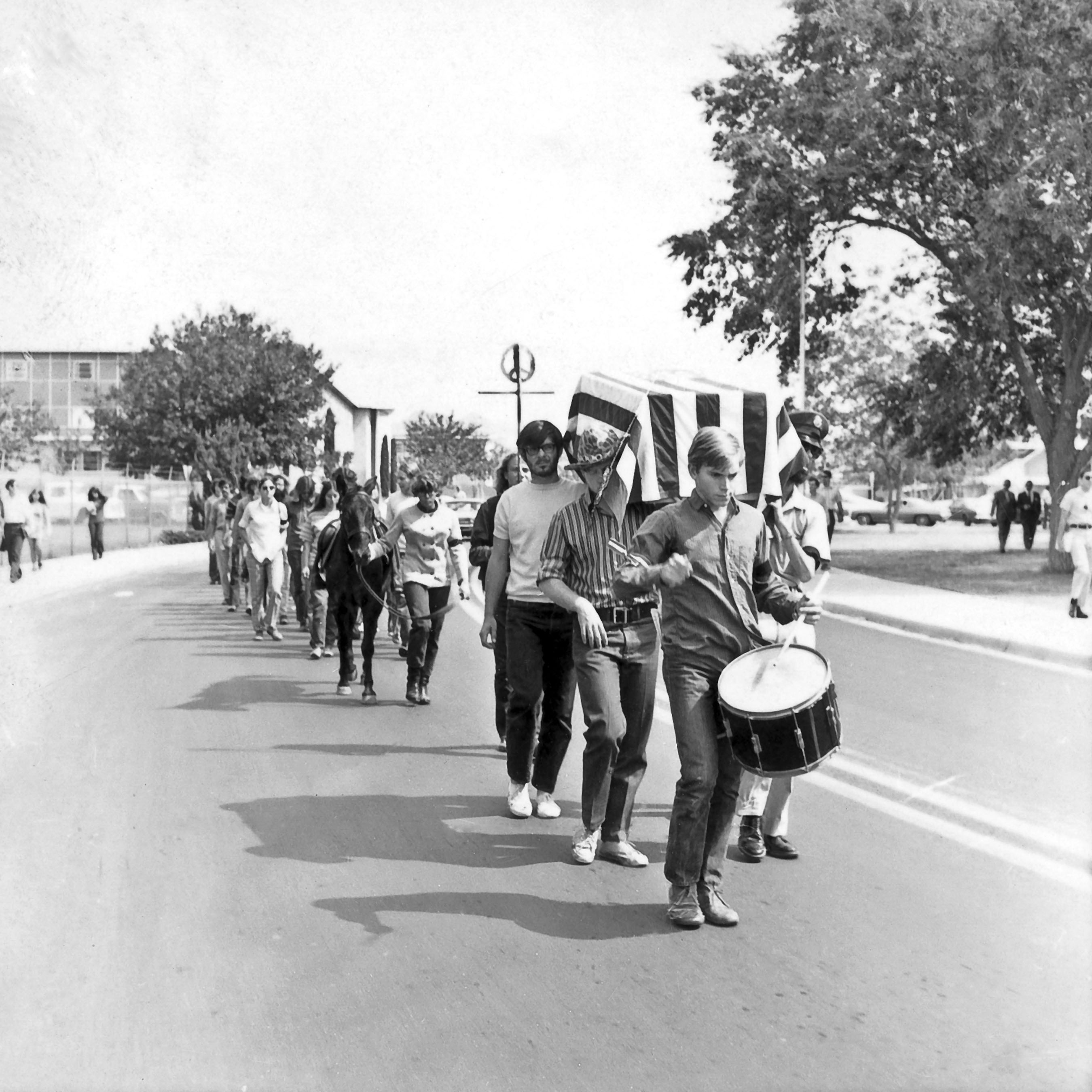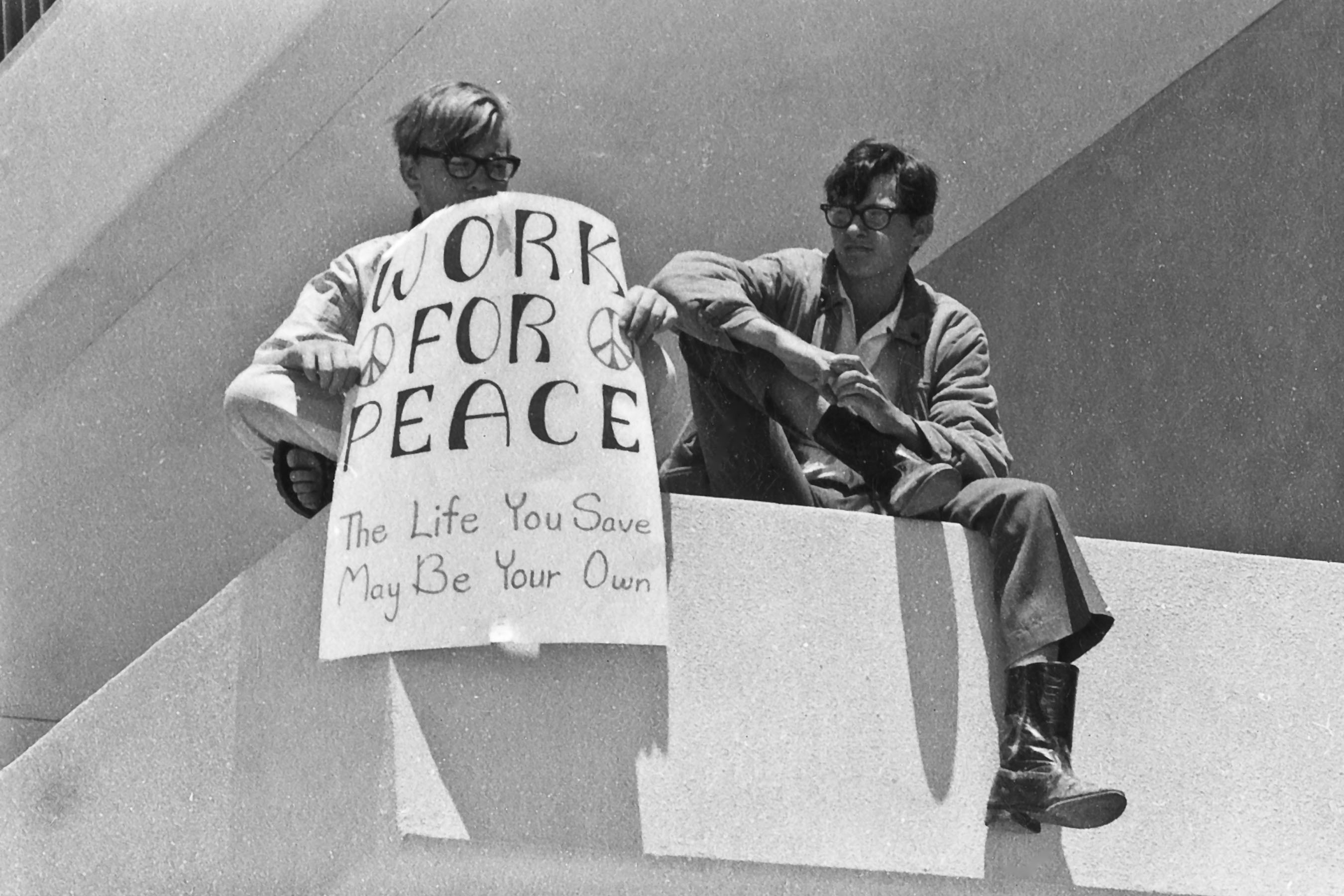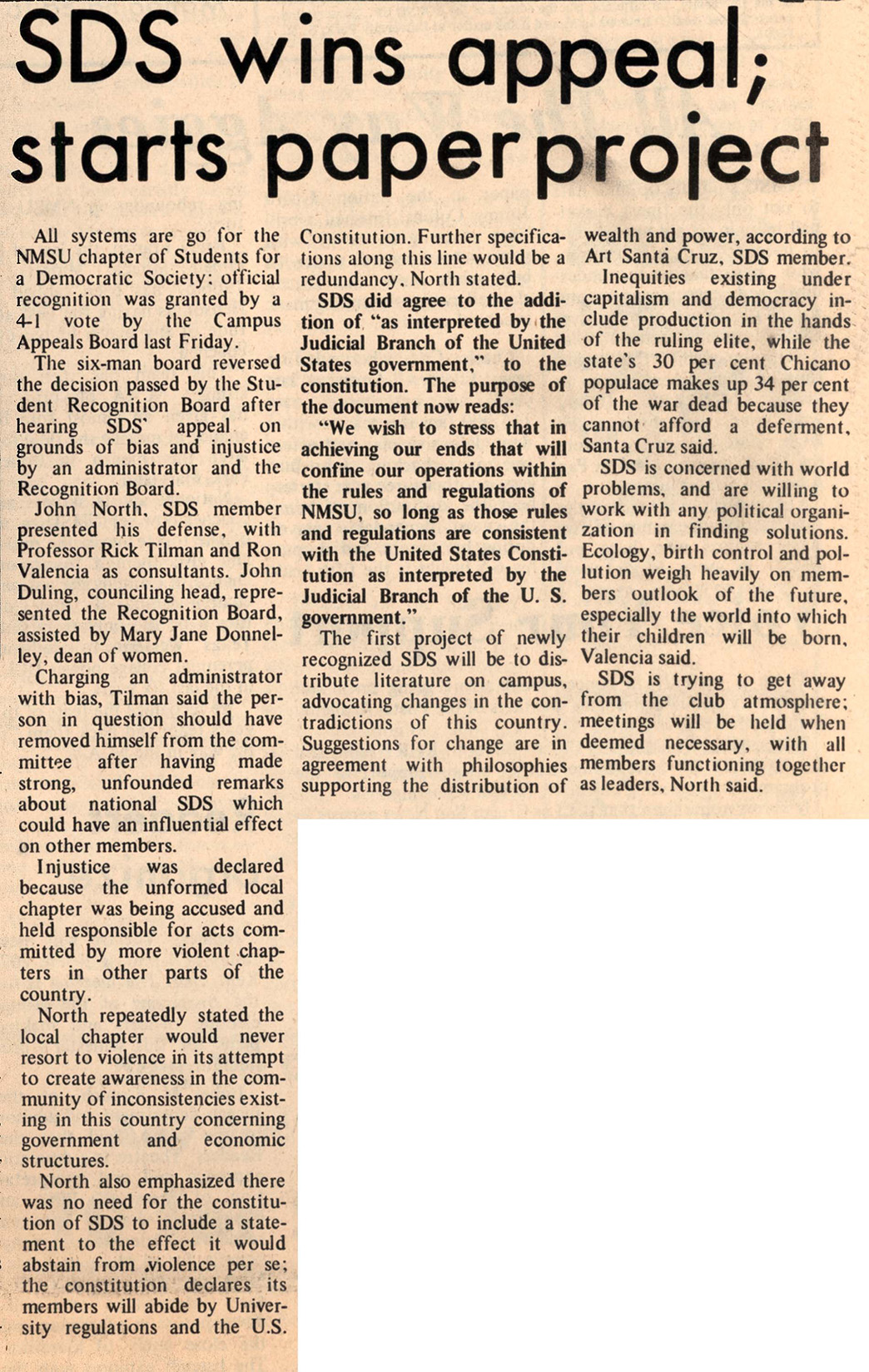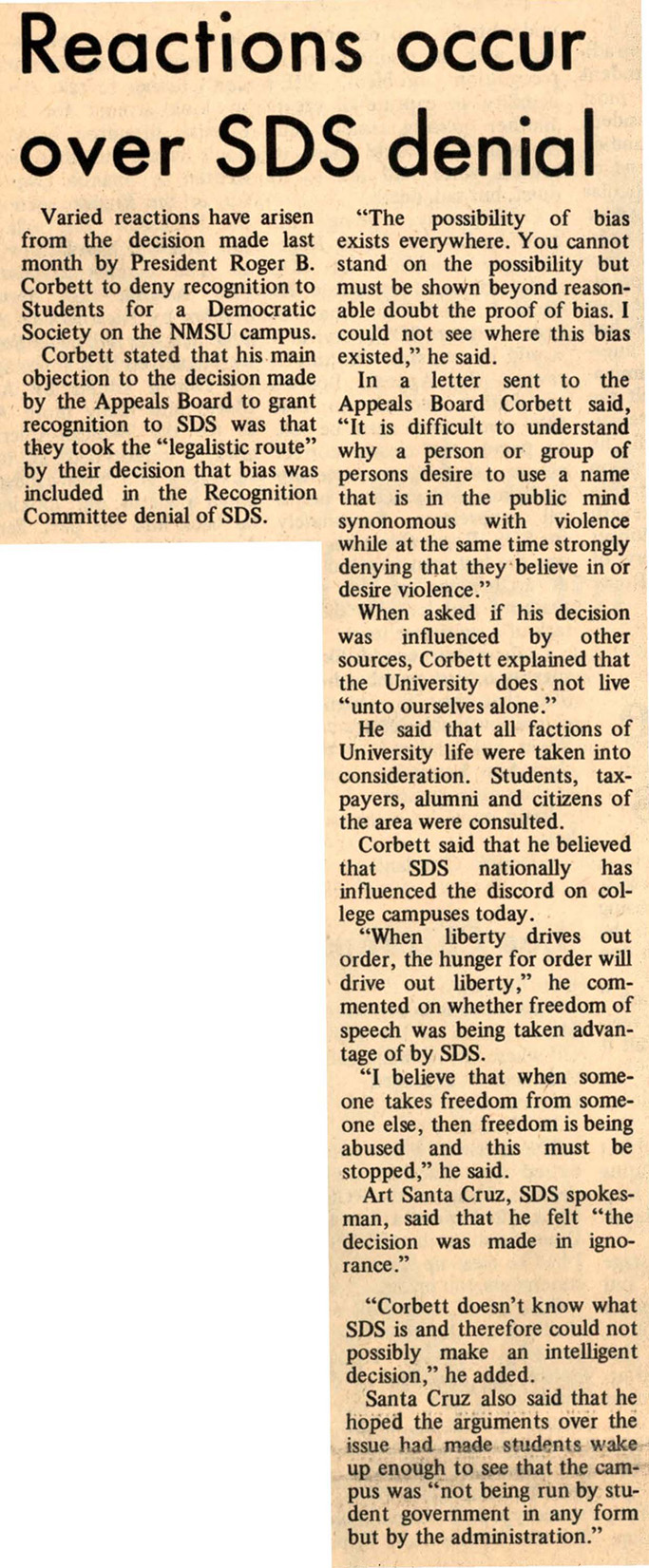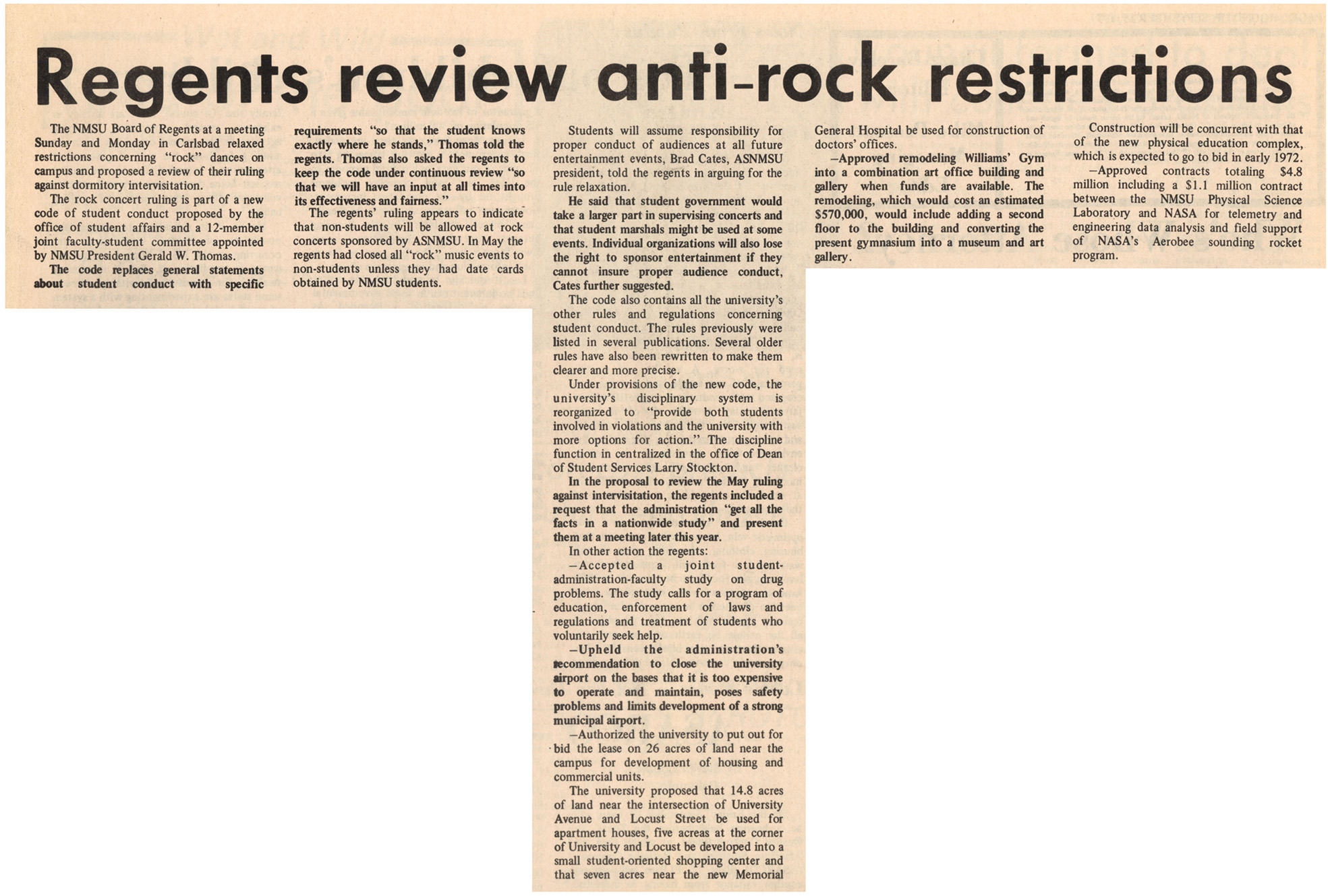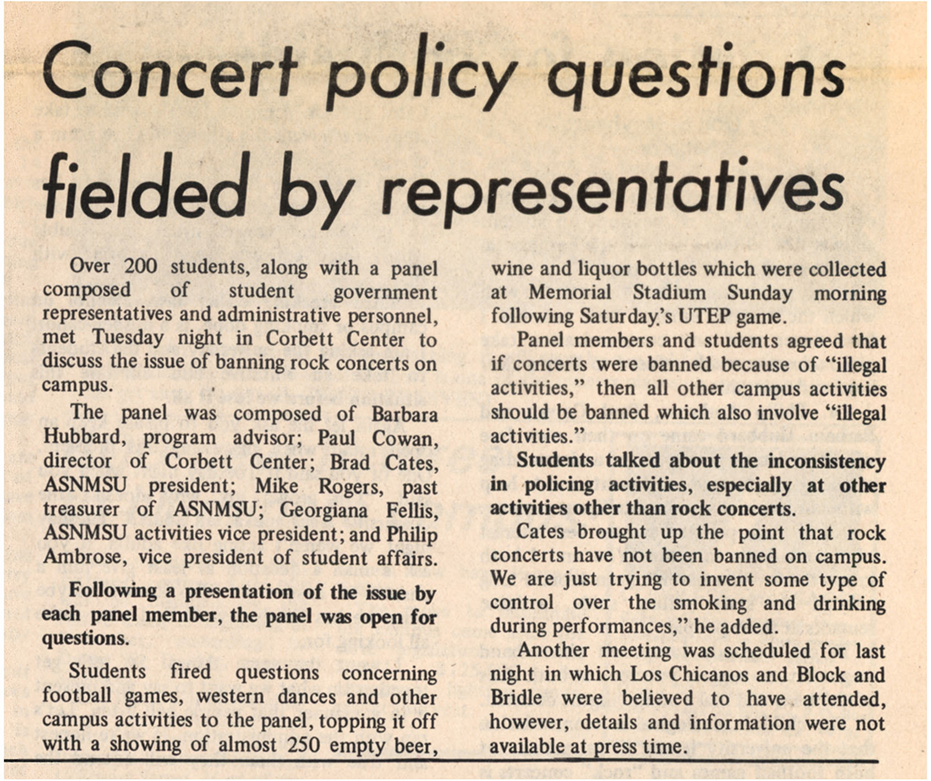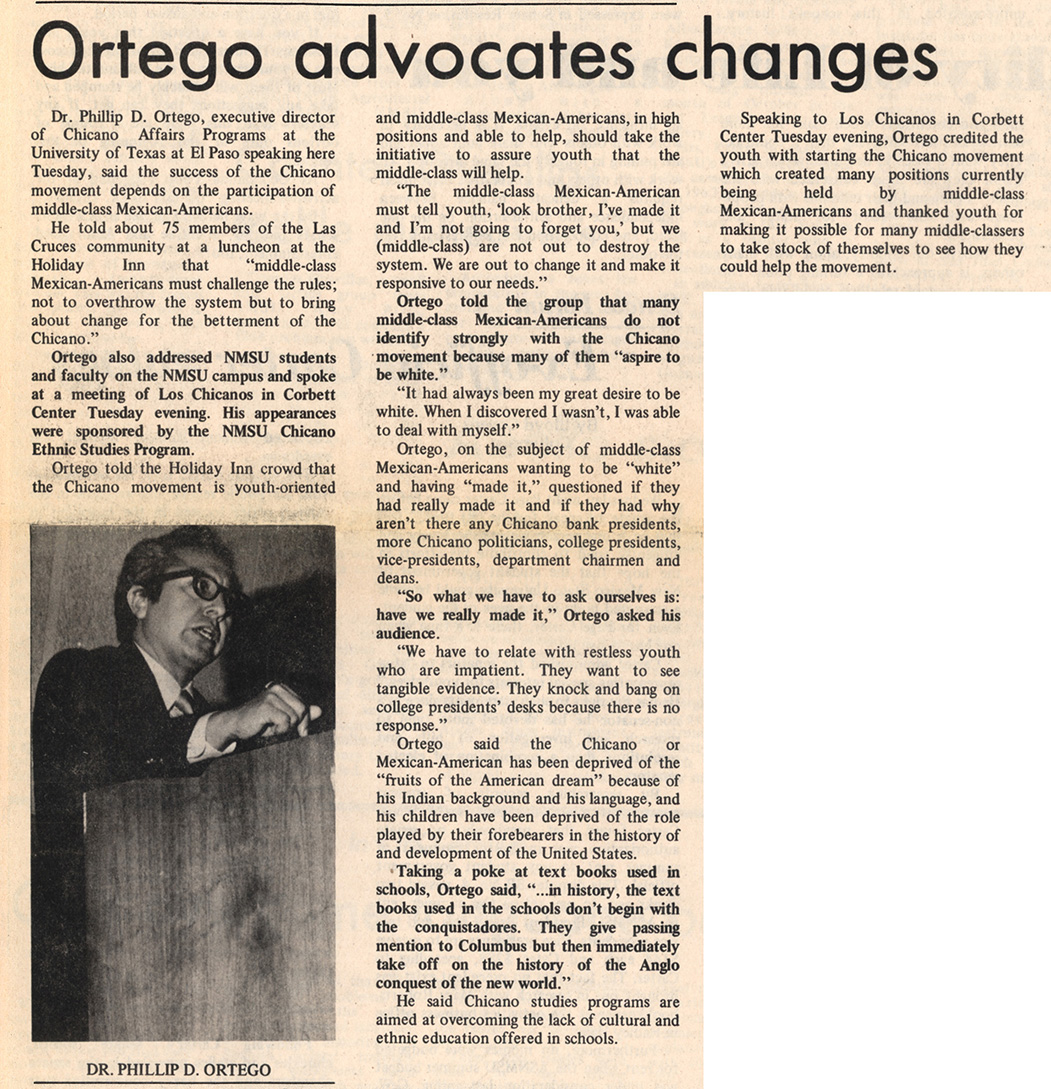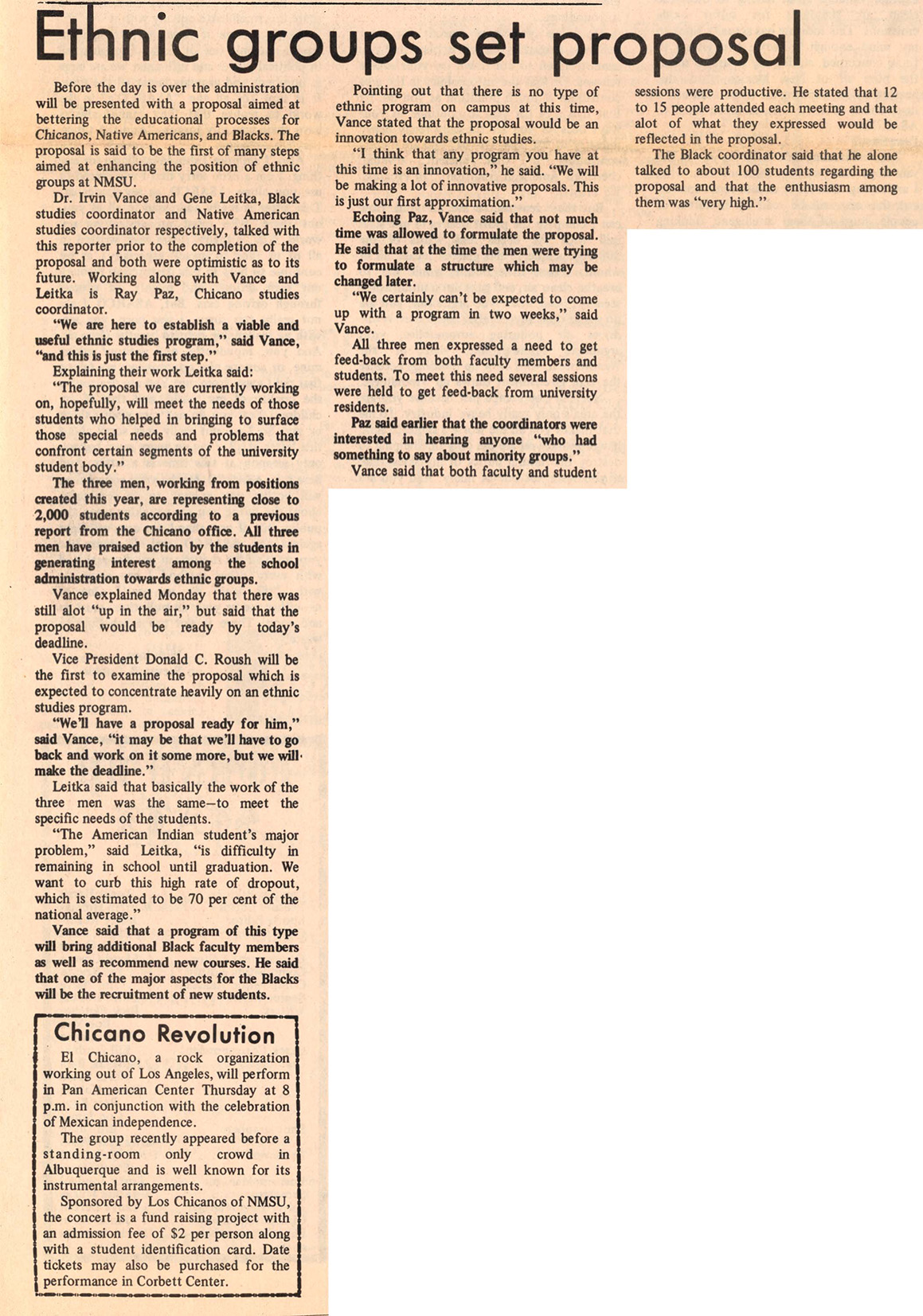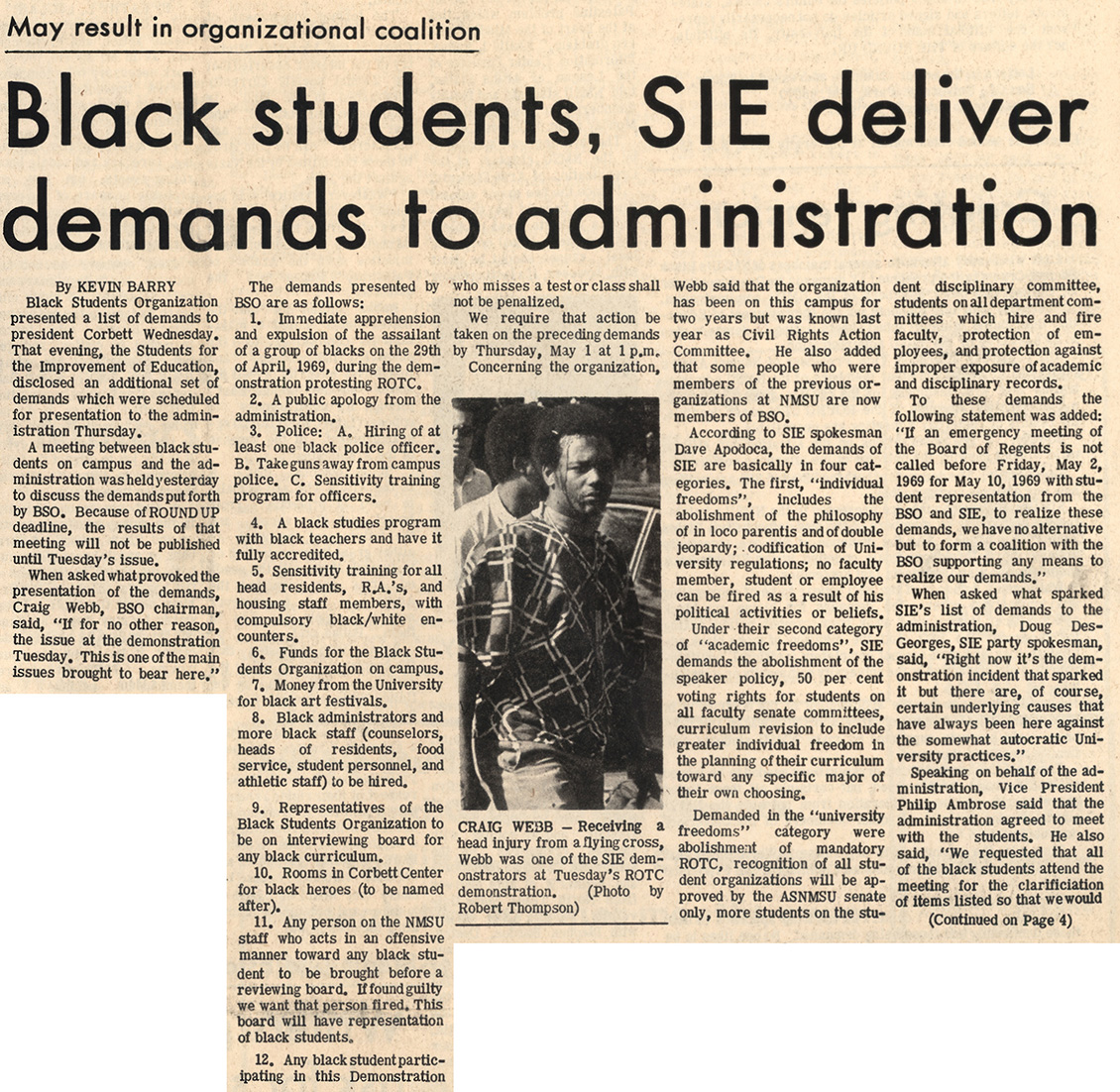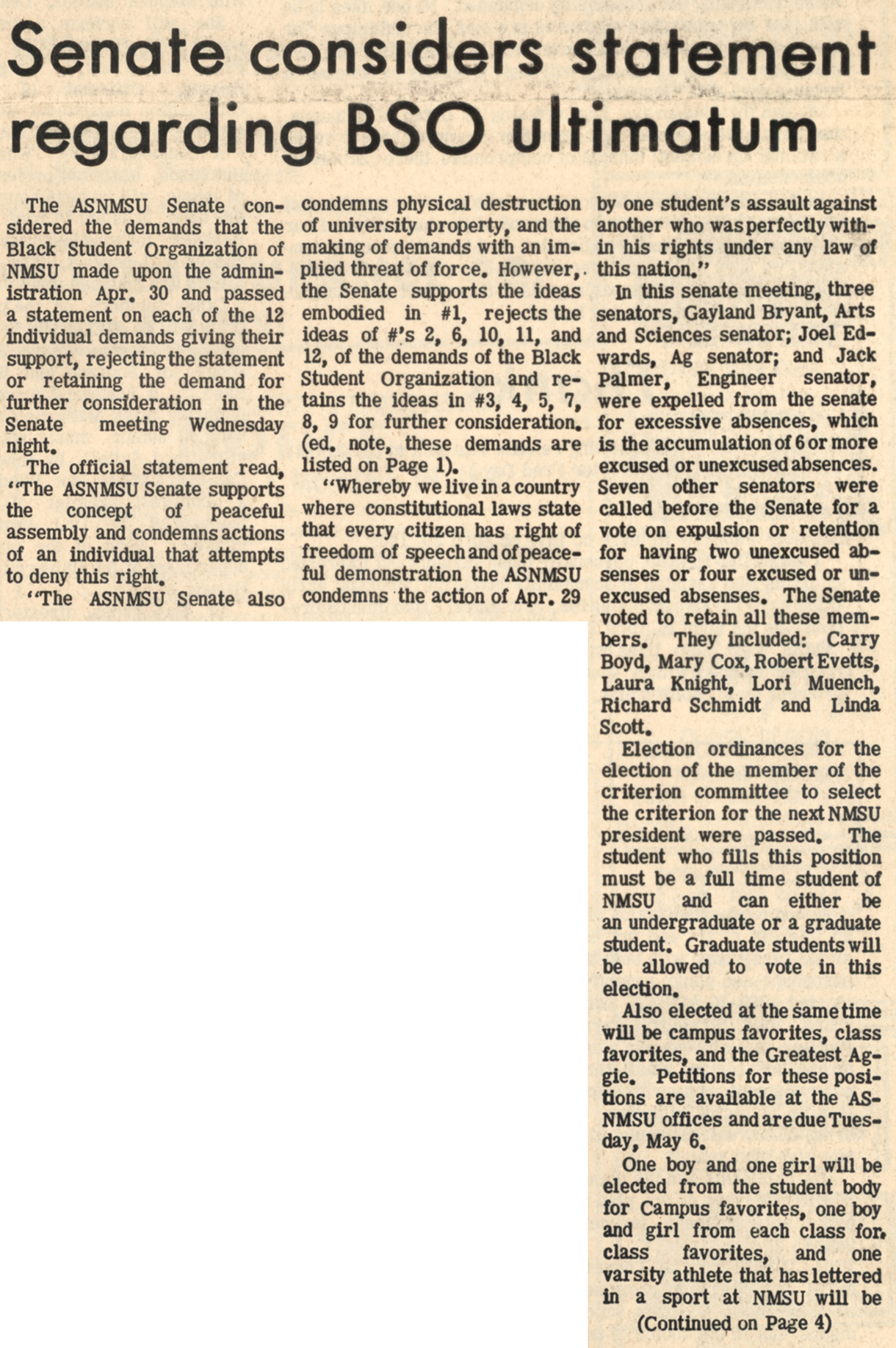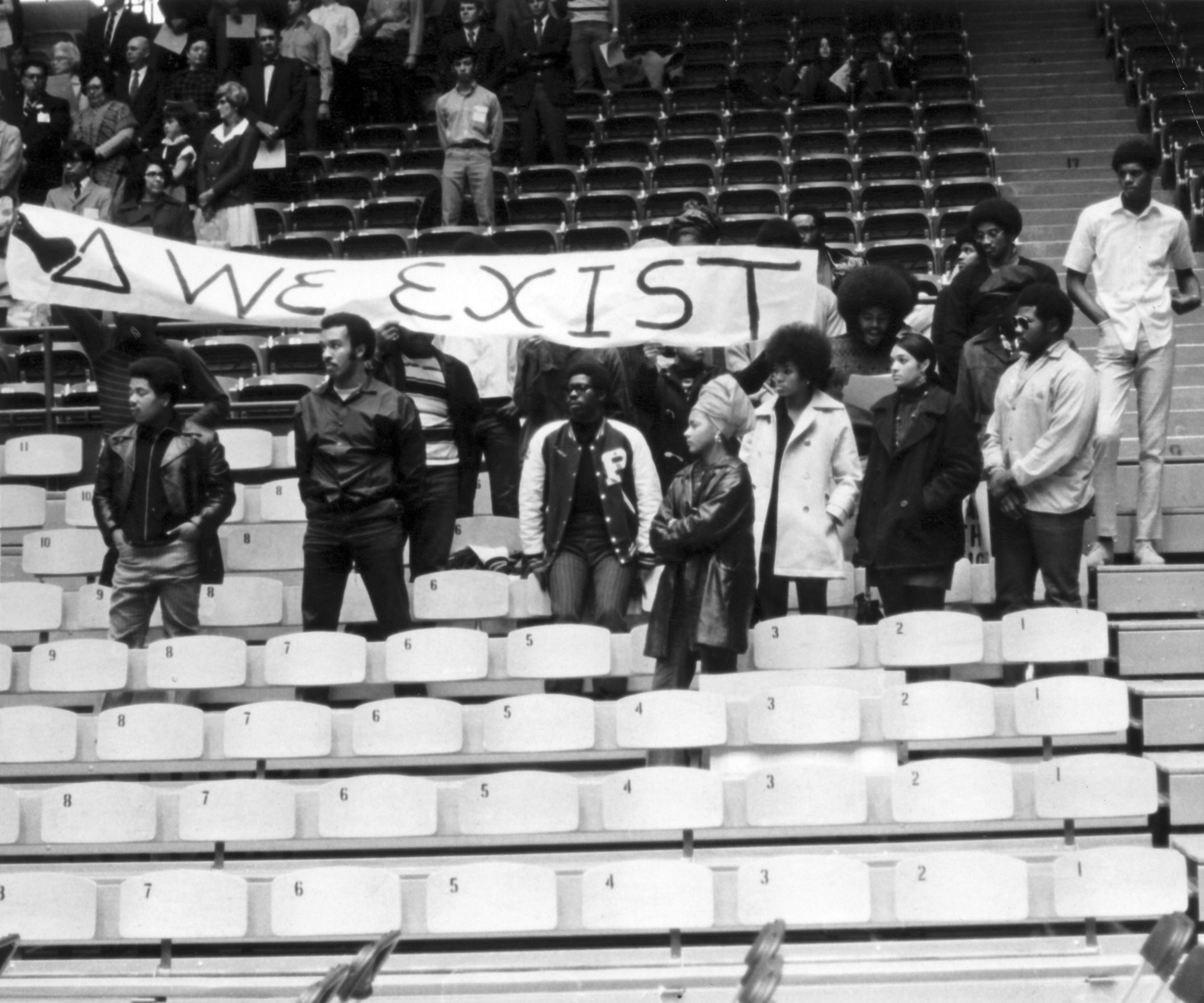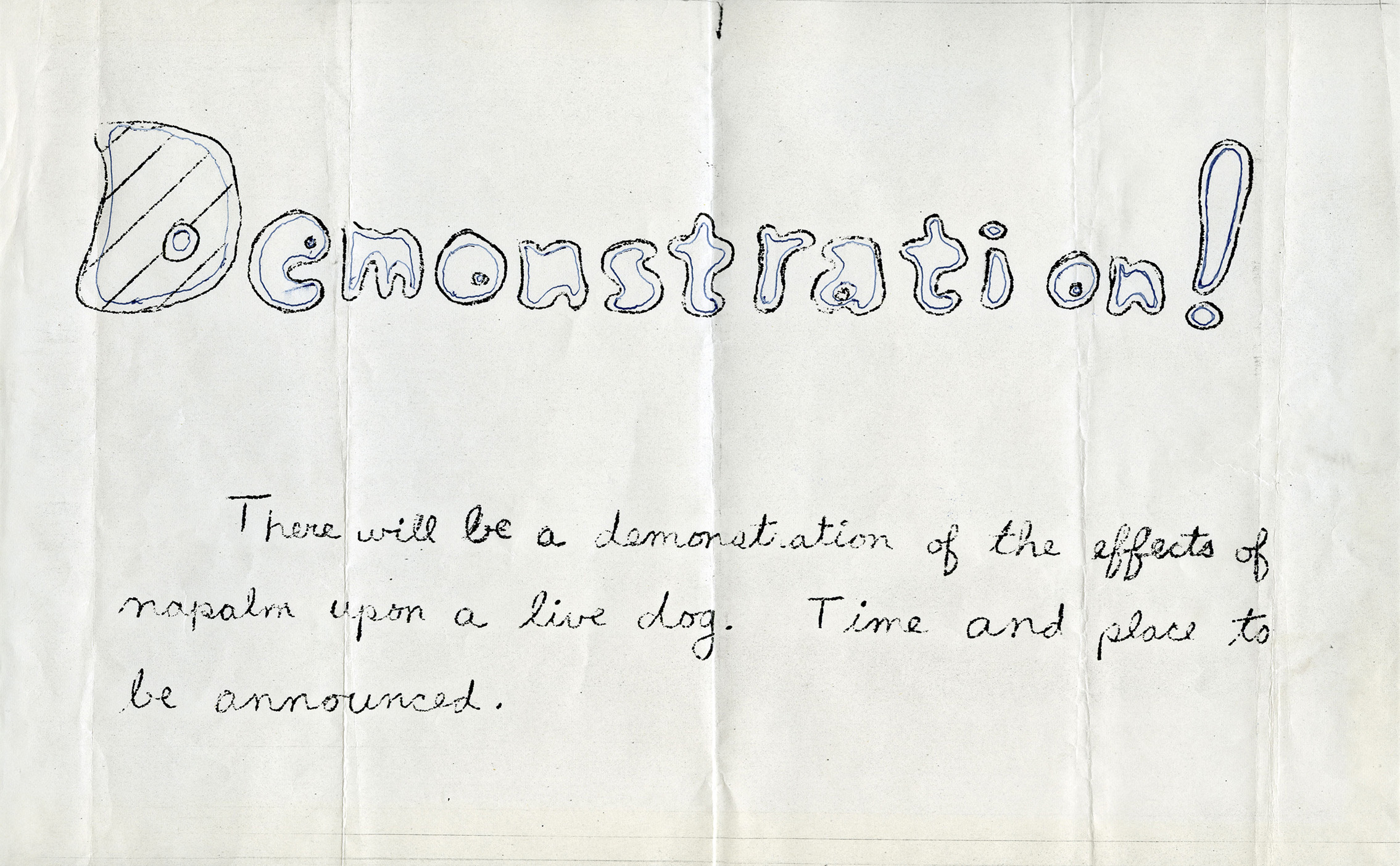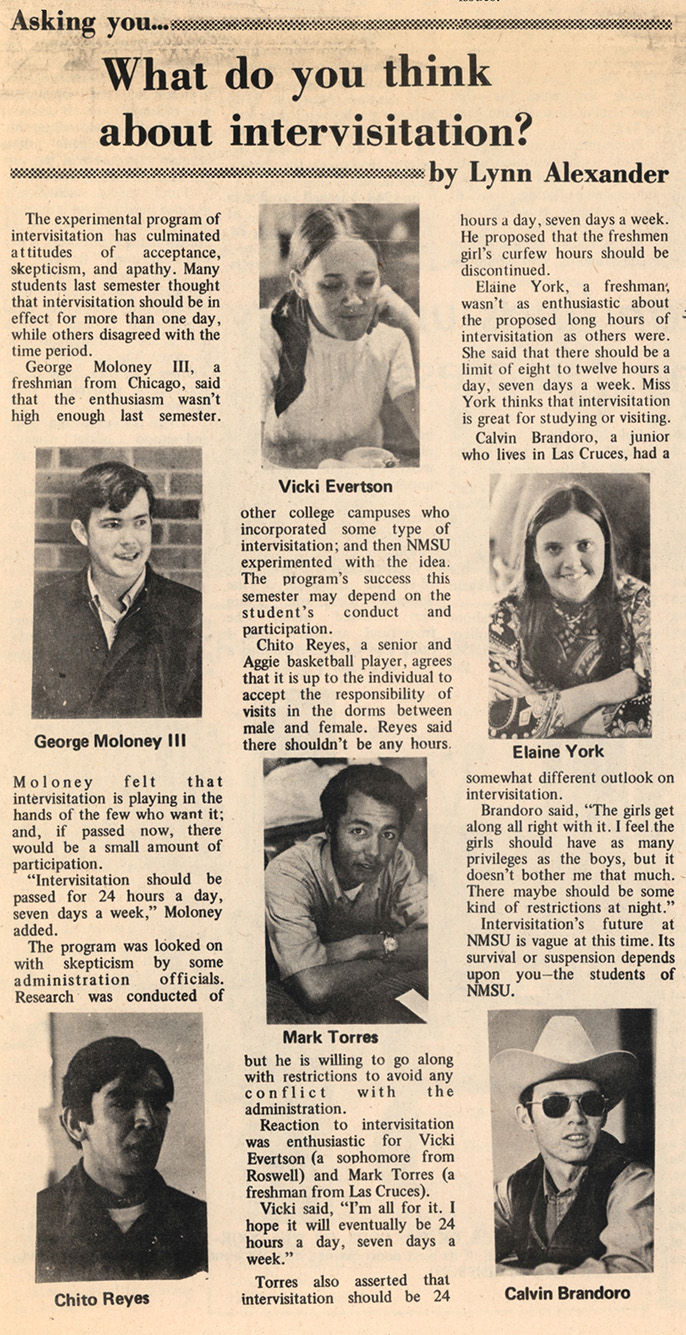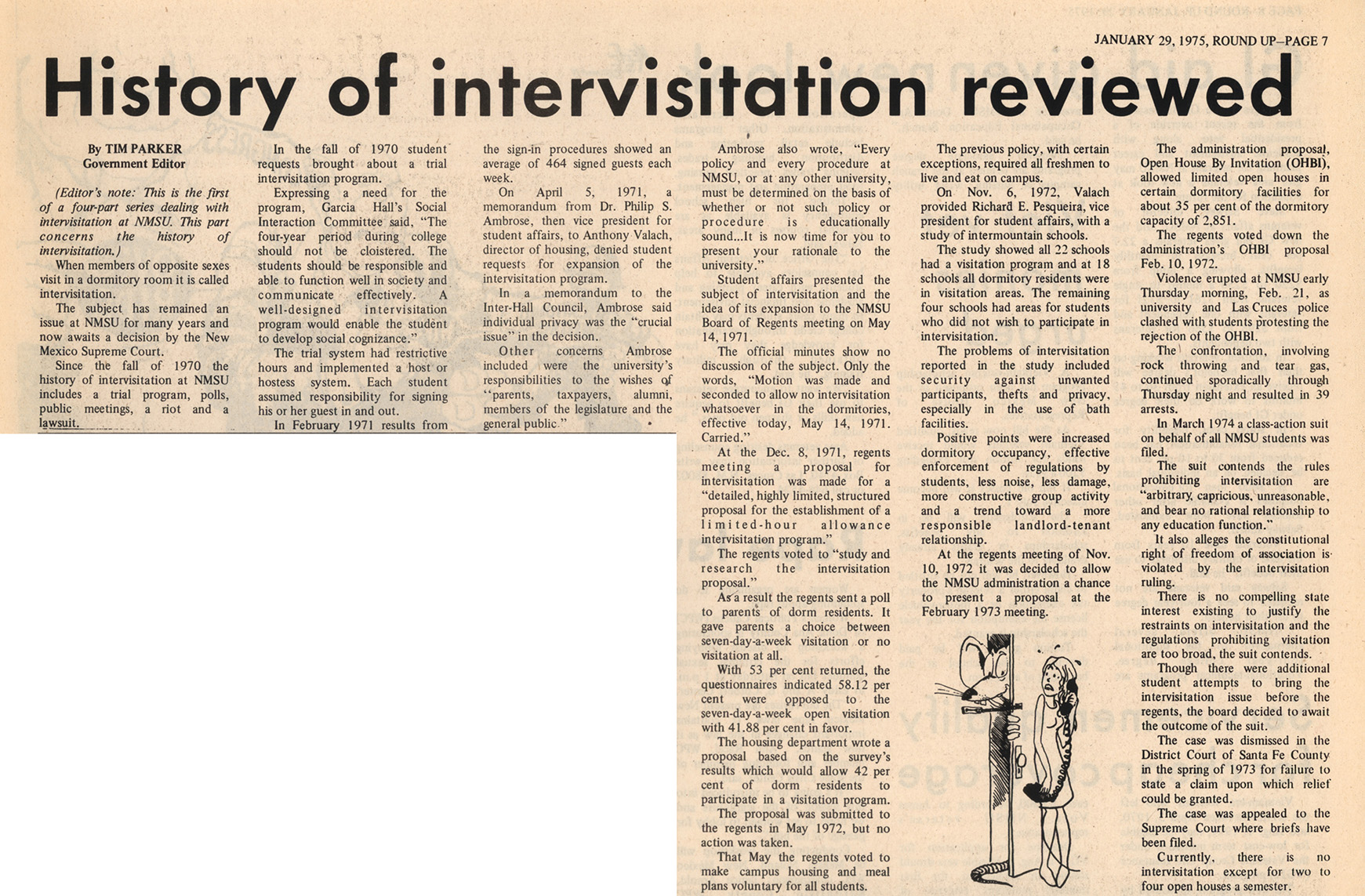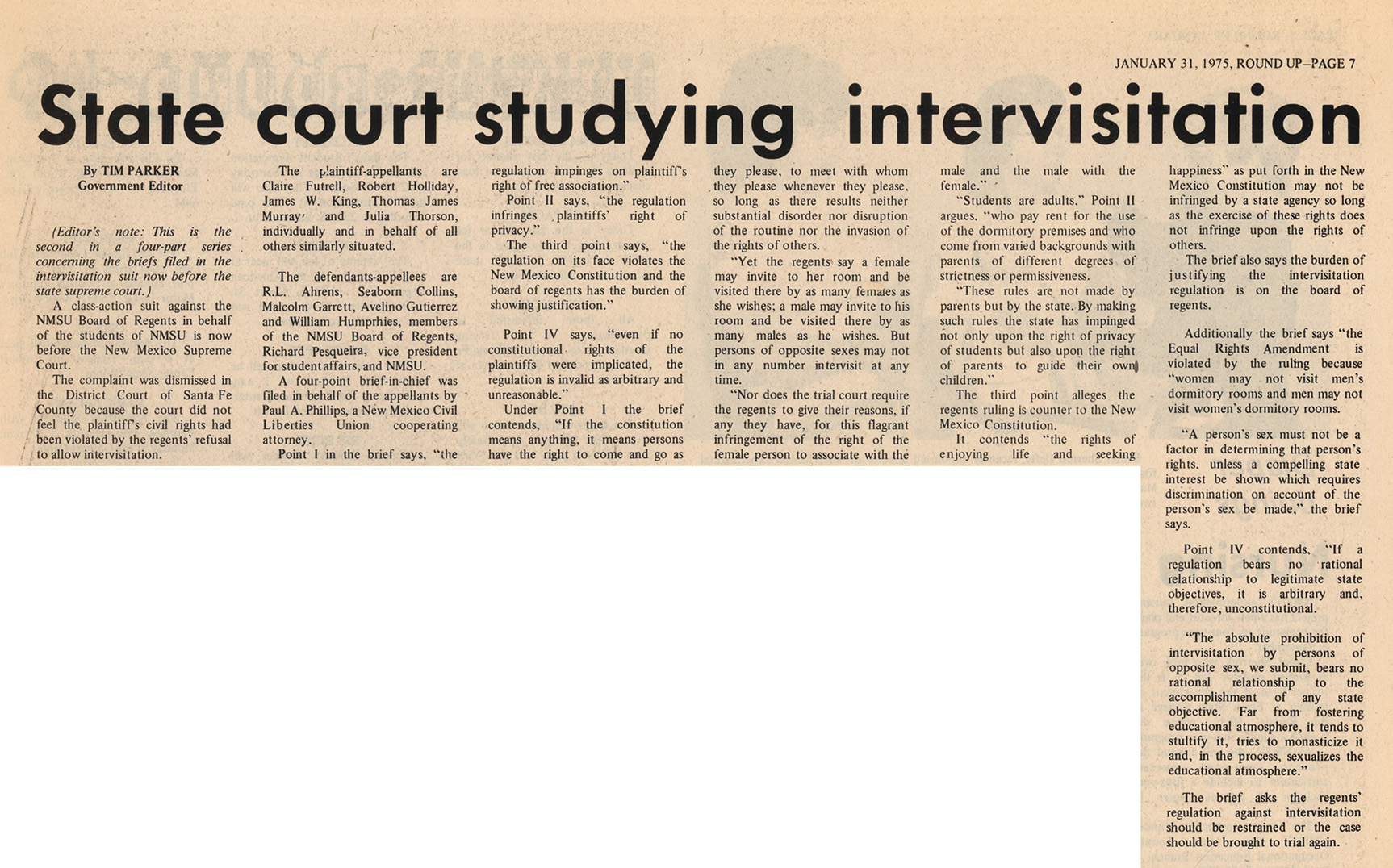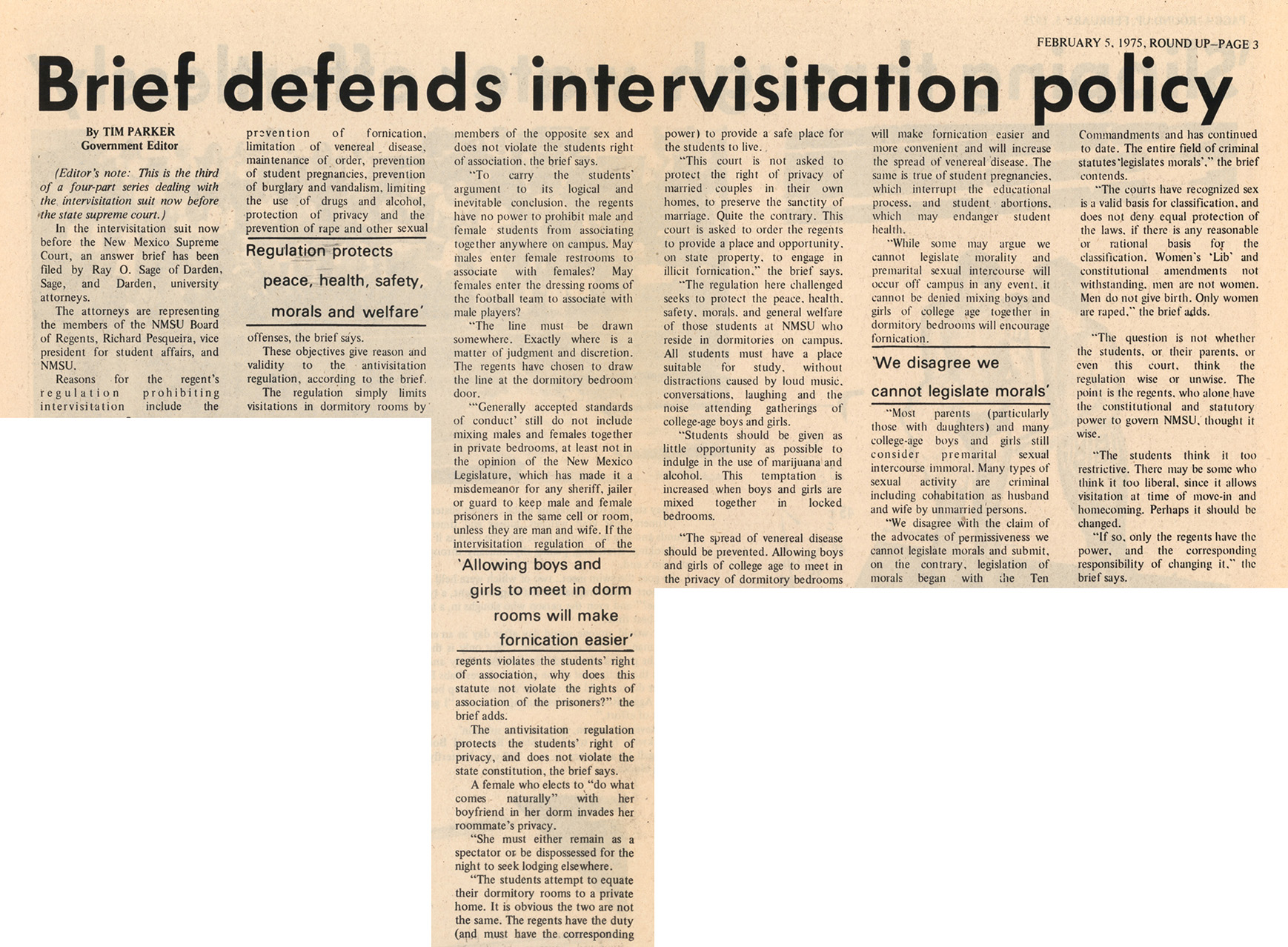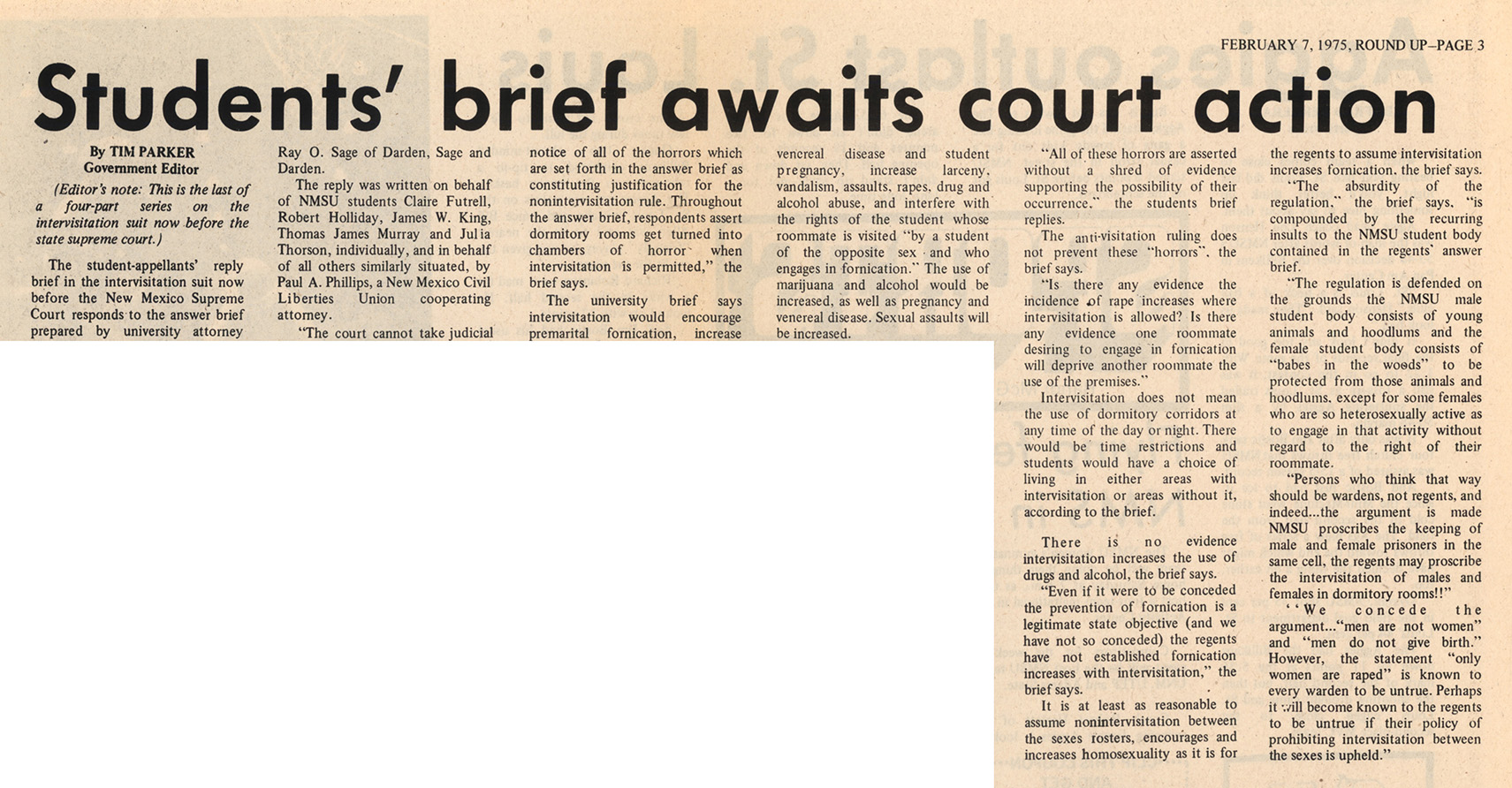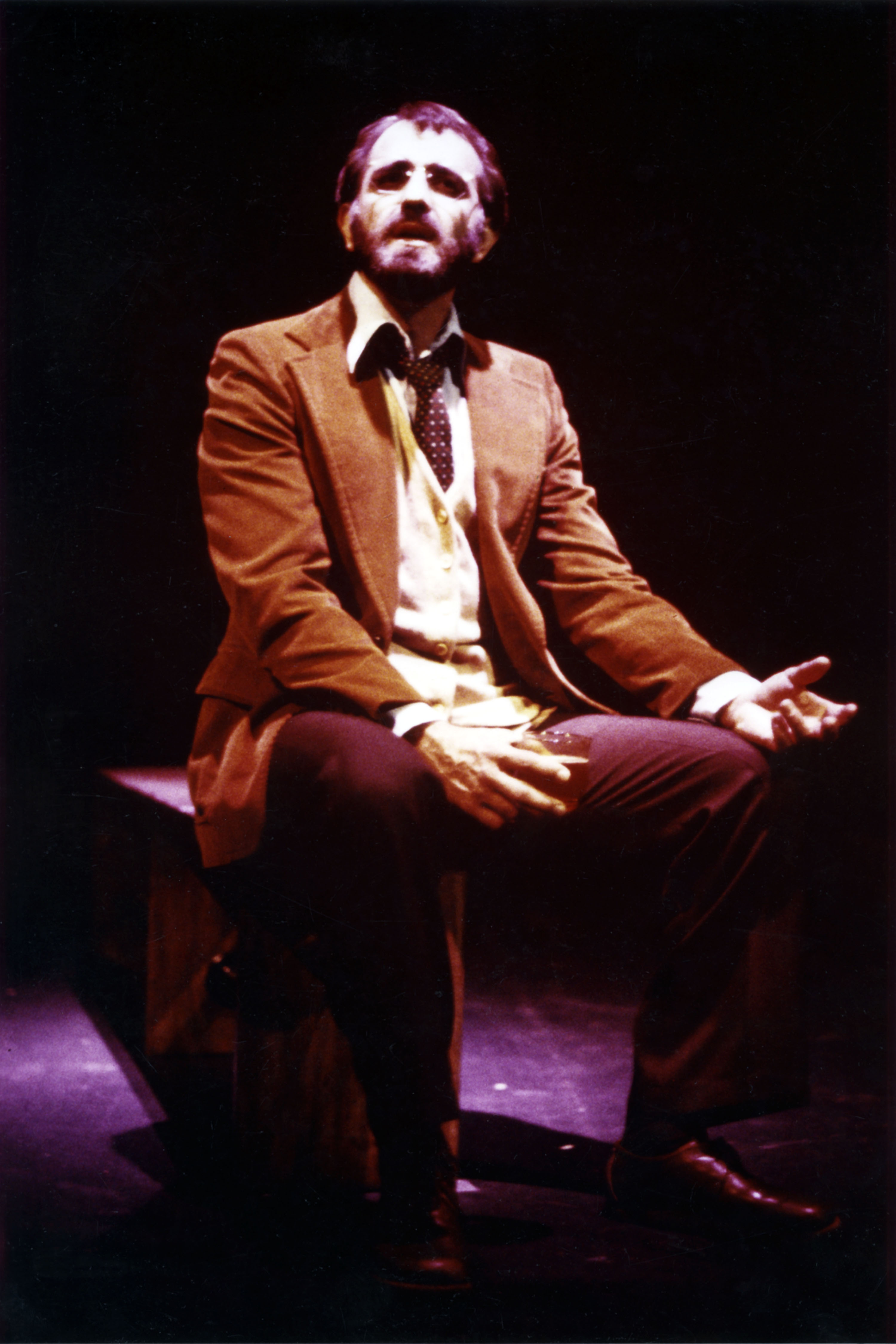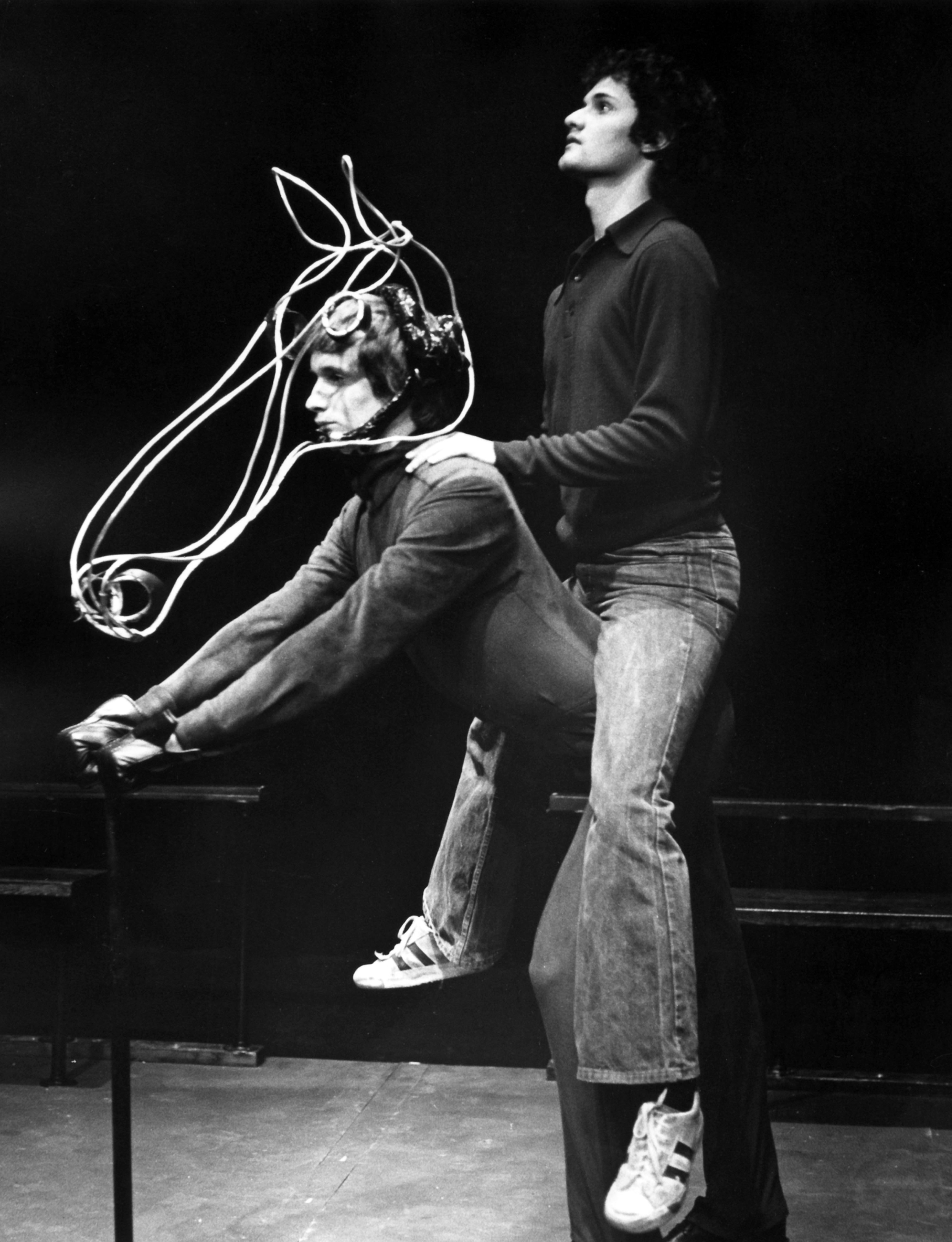In 1964 the radicalization of American students began in force with the movement for Free Speech which incited rioting on the University of California-Berkeley campus. According to Roger B. Corbett (NMSU President from 1955-1970), “the sharpest and most devastating change during the fifteen years from mid-1955 to the mid-1970s was in student attitudes. In the 1950s students could be characterized as serious, hard-working, and desiring an education.” In Corbett’s view, the radical views of the Sixties led to breakdowns in discipline, personal conduct, morality, and respect for authority. Corbett firmly believed that complicit, enabling university administrators and faculty only encouraged the anti-establishment revolution spreading across the country.
The student unrest that bubbled to the surface at NMSU during the 1960s and 1970s was far from the rioting, destruction of property, and violence raging elsewhere in the country. Aside from protests against mandatory ROTC, NMSU students paid little attention to Vietnam. Corbett’s ongoing battle with insurgent, irreligious, and disrespectful elements on campus ended in 1970 when Gerald W. Thomas became president of NMSU. Although small groups periodically railed against social, racial, and gender inequalities, Thomas found the principal issues to be miscommunication, distrust of the administration, and a repressive speaker’s policy that dampened the exercise of free speech. Less inclined to authoritarian measures, as well as a patient and perceptive listener, Thomas weathered a rocky period of demonstrations, bomb threats, and assertive students demanding respect for cultural diversity and liberalization of on-campus rules, including the right of “intervisitation.”
“What has student violence accomplished in the years since 1864 for colleges and universities, their faculties, and students? What has the nation gained? Following is one analysis: “What has student violence accomplished in the years since 1864 for colleges and universities, their faculties, and students? What has the nation gained? Following is one analysis:
I. A serious down-grading of moral decency in America
II. Tearing down respect for all authority
III. Belittling honest work
IV. Lowering academic standards
V. Demanding a voice (sometimes control) in the hiring and firing of administrators, faculty, and staff.
VI. Fostering disunity between the two largest minority groups (Blacks and Mexican-Americans) and between these groups and the majority
VII. Interference with the basic work of the boards of trustees or regents
These seven points give only a part of the losses suffered by the universities due to demands and pressures from students. What about the dress on campuses, with the loss of cleanliness in many instances? The “Drug-Culture” which some are now calling the “Marijuana-Sex Culture” has benefitted whom? The total history of mankind proves a lack of ability to maintain peace in the world. The virtual elimination of ROTC programs and programs of military research on campuses will prove to be losses rather than the gains that many students, faculty members, and churchmen, are still chortling over as great victories.”
NMSU Archives and Special Collections. Records of the Presidents: Roger Bailey Corbett Papers
